
What Is The History Of The Aidi Breed?
The Aidi is a native of the Atlas Mountains in North Africa and has been used as a working dog in that region for centuries. The breed was brought to Europe in the early 20th century, quickly gaining popularity as a versatile hunting dog. Today, the Aidi is still used as a working dog in many parts of the world and is also a popular companion dog.
What Does An Aidi Look like?
The Aidi has a dense, woolly coat that is either white, black, tawny, black and white, or red. The hair on Aidi’s back is longer than on the rest of the body, and the tail is especially fluffy. Despite their thick coats, Aidis do not require a lot of grooming. They are an average shedder, so weekly brushing should suffice.
How Big Is An Adult Aidi?
The Aidi is a medium-sized dog breed. Male Aidis typically weigh 55 pounds, while females usually weigh between 35 and 50 pounds. Aidis are generally 1.7 – 2.1 feet tall at the shoulder. However, there is some variation in the breed, so some Aidis may be larger or smaller than average. Overall, the Aidi is a reasonably sizable dog breed. However, they are not one of the largest dog breeds out there. Aidis are typically larger than toy dogs but smaller than giant breeds. This makes them a good choice for people who want a medium to large-sized dog.
Are There Different Types Of Aidi?
There are several types of Aidi, each with unique physical characteristics. Standard Aidi is the larger type, while Toy and Miniature Aidi are smaller. The coat color of an Aidi can vary, but some of the most common colors include blue-eyed, black and tan, brindle, fawn, red, and tricolor. Some Aidi also have blue or green eyes, which is quite rare.
Are There Other Dog Breeds Related To The Aidi?
The Aidi is a mastiff family member, including other large, stocky breeds like the Bullmastiff, Cane Corso, and Neapolitan Mastiff. Other dogs in the Hound Group may also be related to the Aidi, as this breed was likely developed by crossbreeding between different types of hunting dogs. Some believe that the Aidi is a descendant of the ancient Egyptian dog breed, also used for hunting. The Aidi is sometimes confused with the Alano Español, another large, mastiff-type breed from Spain. However, these two breeds are not closely related.
What Is The Life Expectancy Of An Aidi?
Aidi has a life expectancy of about 12 to 15 years. This relatively short lifespan is due, in part, to their high activity level and their tendency to roam. Aidi is also susceptible to several health problems, including hip dysplasia, elbow dysplasia, and eye problems. While steps can be taken to help prolong an Aidi’s life, their lifespan is relatively short compared to other dog breeds.
Can An Aidi Be Trained?
Aidis are highly intelligent dogs and can be trained to do various tasks. They make excellent working dogs and are often used in law enforcement and search and rescue operations. Aidi can also be trained as a service dog, assisting people with disabilities. With their gentle nature and eagerness to please, Aidis make lovely family pets.
What Are Some Interesting Facts About An Aidi?
- The Aidi is a French herding dog developed in the Atlas Mountains of Algeria.
- It is a relatively rare breed and is not well known outside of its native country.
- The Aidi is a large breed, with males standing up to 27 inches tall at the shoulder and females up to 24 inches.
- The Aidi has a short, thick coat that is either solid black or black with small white patches.
- This breed is intelligent and independent and can be stubborn and willful if not correctly trained.
- The Aidi is an excellent herder and is still used for this purpose.
How Does An Aidi Interact With People?
Aidis are social creatures that enjoy interacting with people. They are friendly and curious by nature and love to explore their surroundings. Whether going for a walk with their human companion or playing with a favorite toy, Aidis always enjoy spending time with those they know and trust. While they may not always understand everything that is said, they are great at picking up on cues and responding well to positive reinforcement. With patience and understanding, anyone can develop an excellent bond with an Aidi.


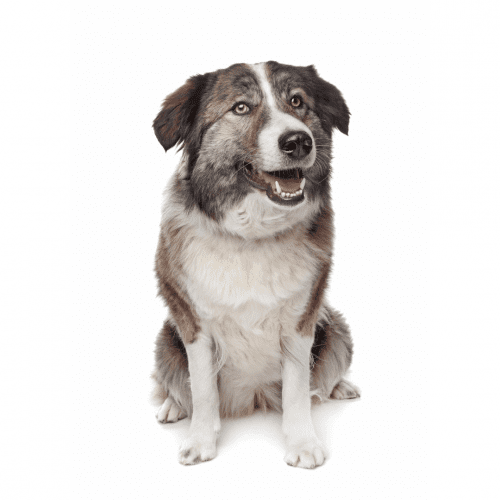
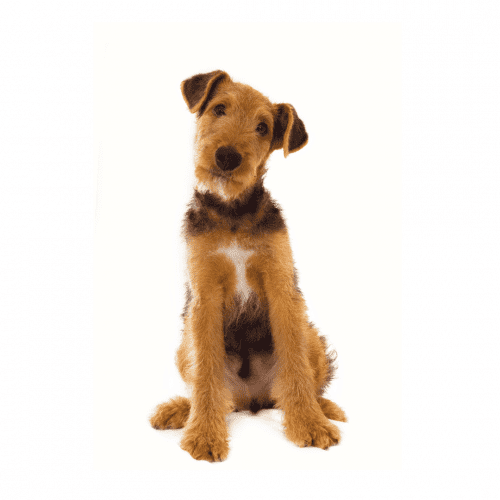

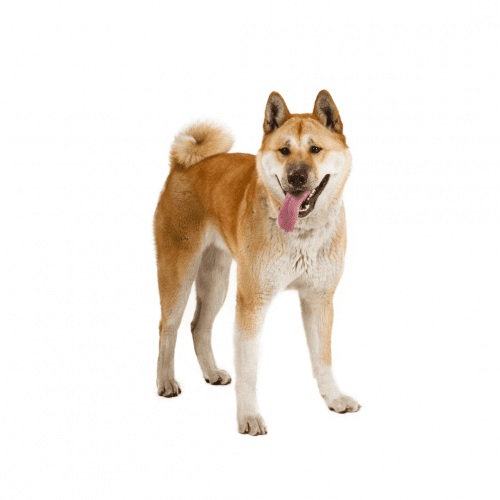

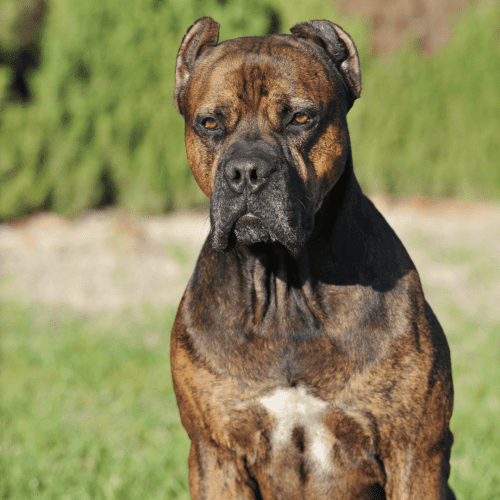
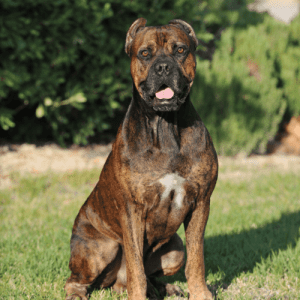
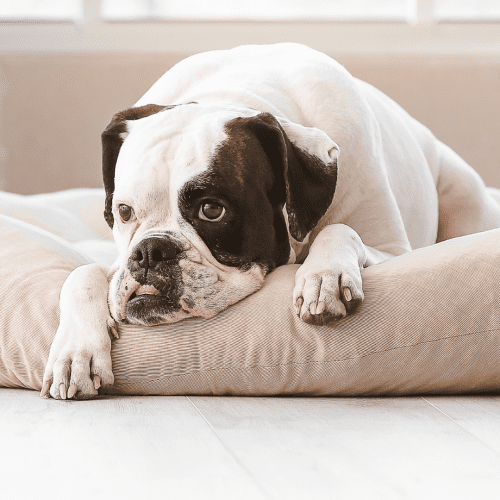
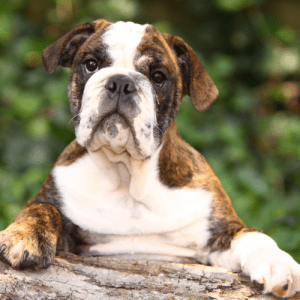
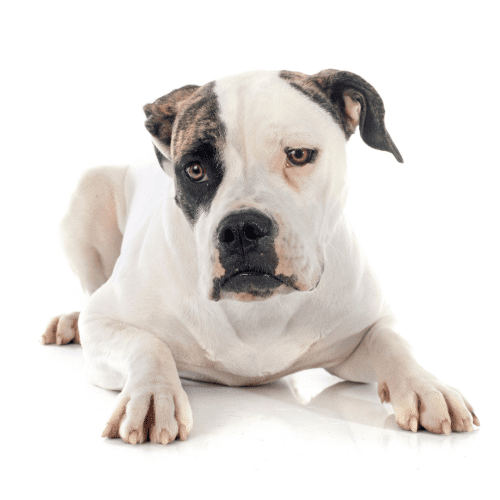

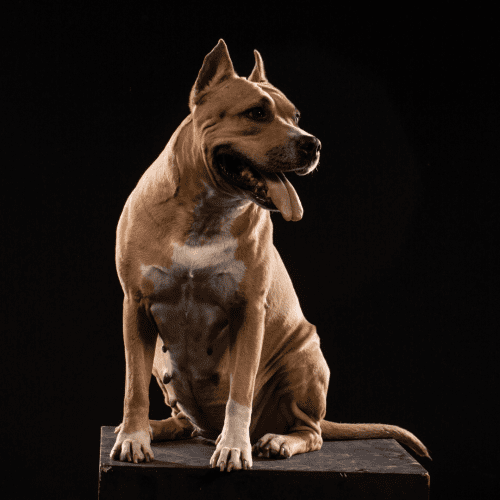
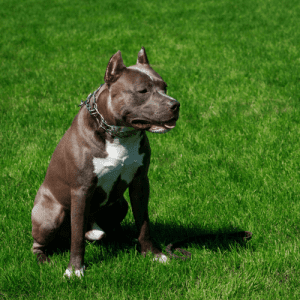
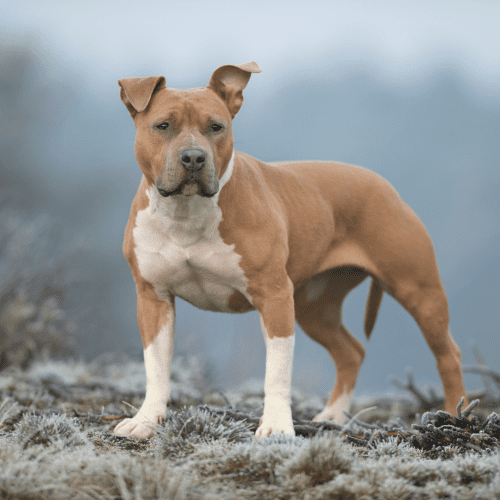
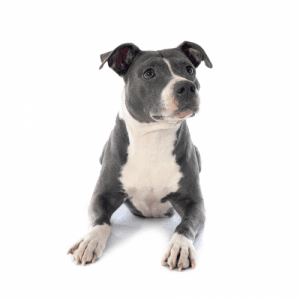
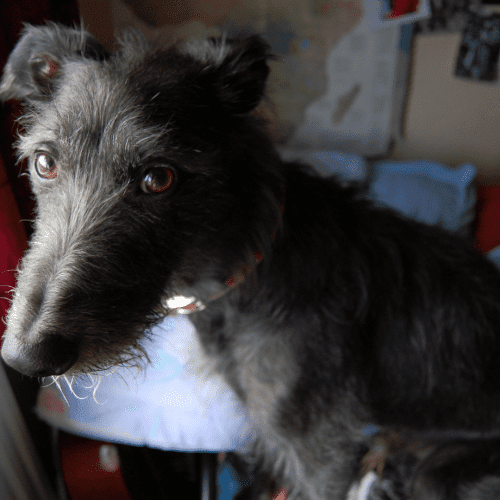

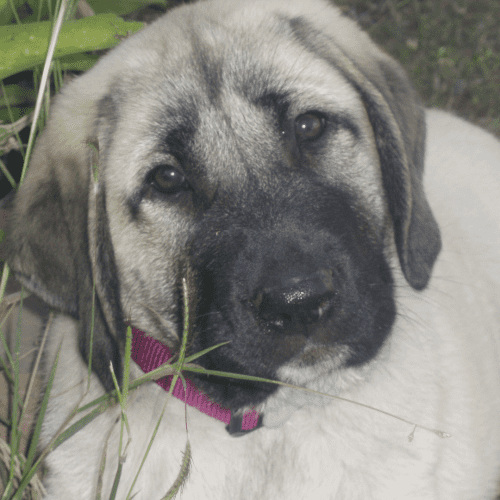
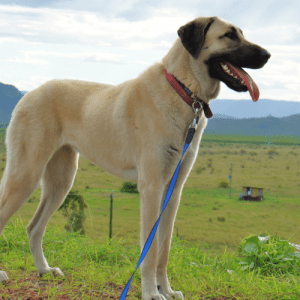
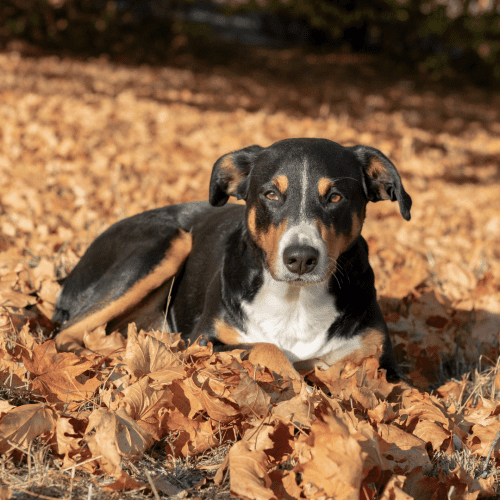

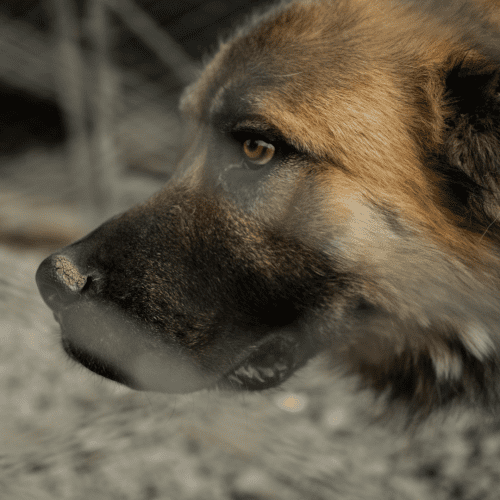
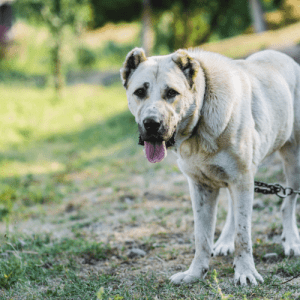
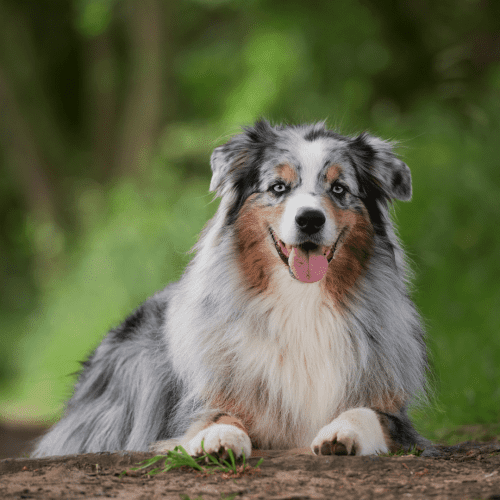

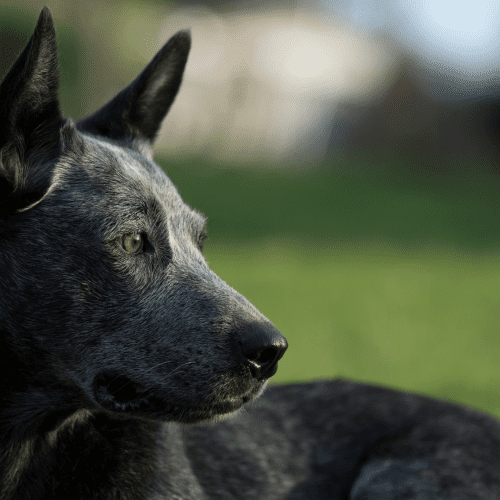
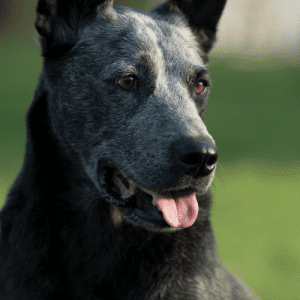
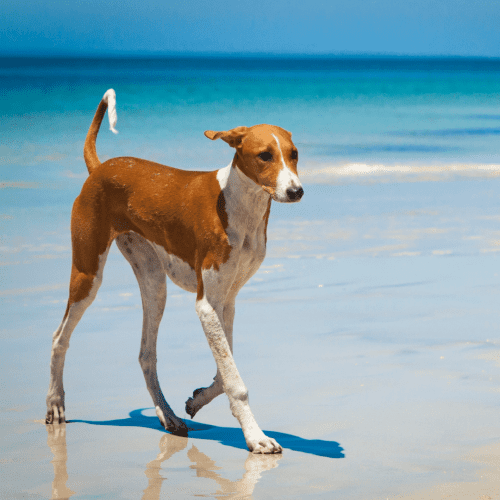

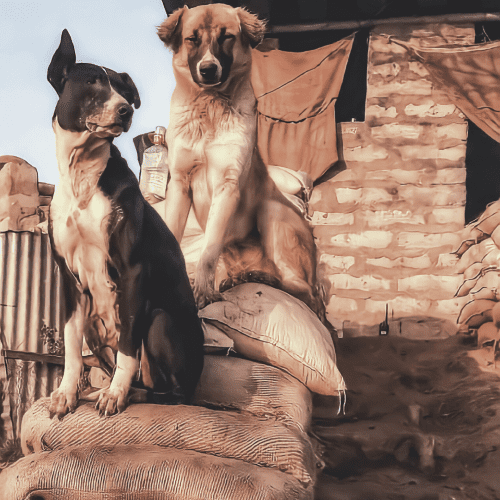
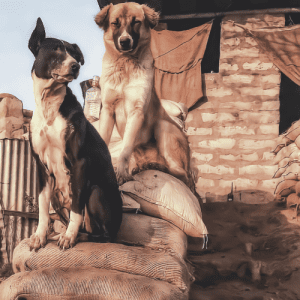
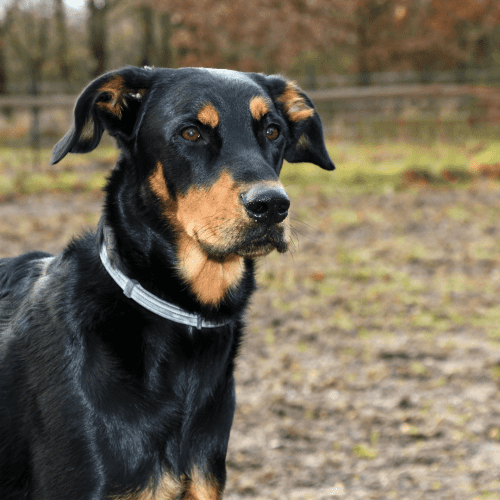

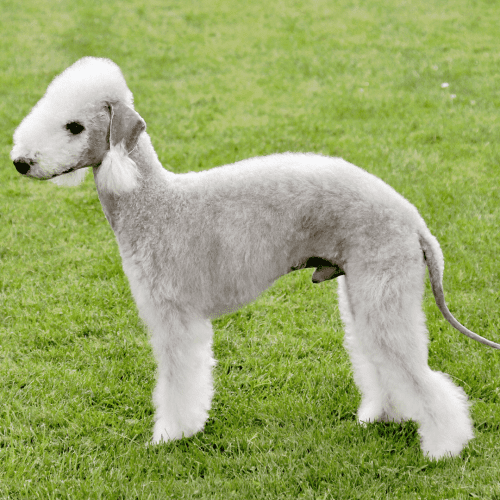
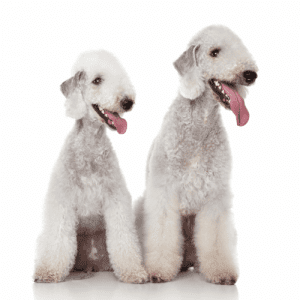
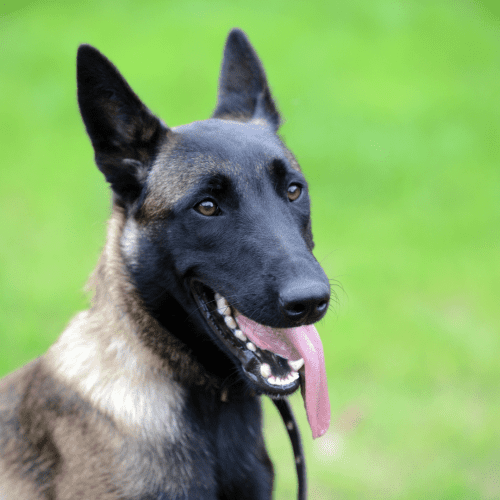
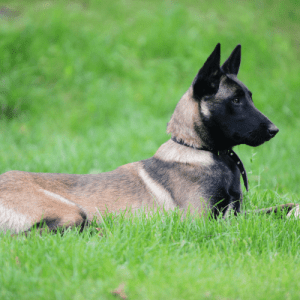
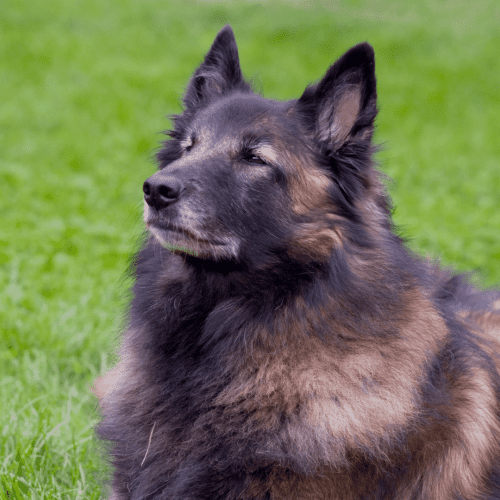

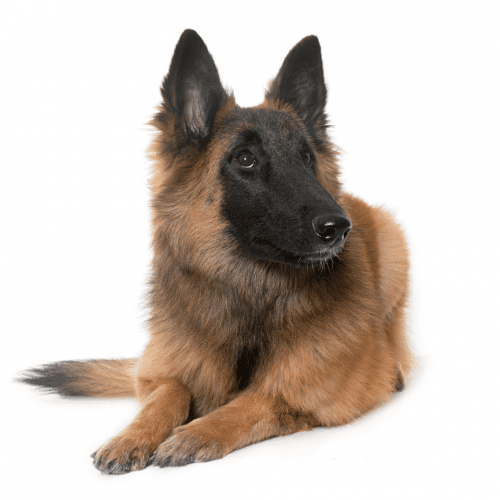





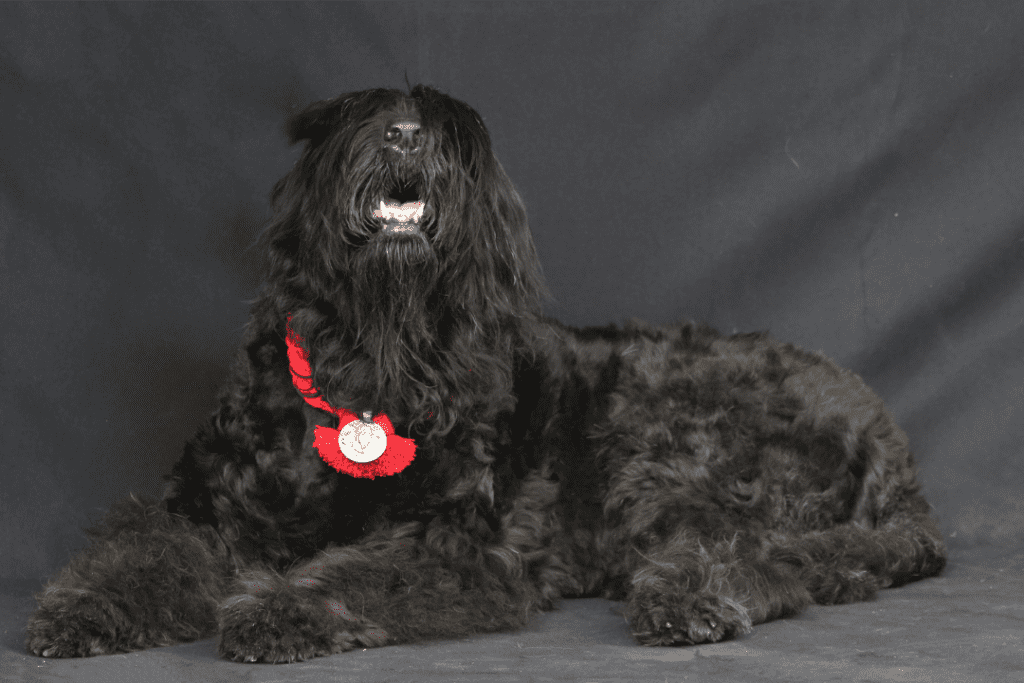

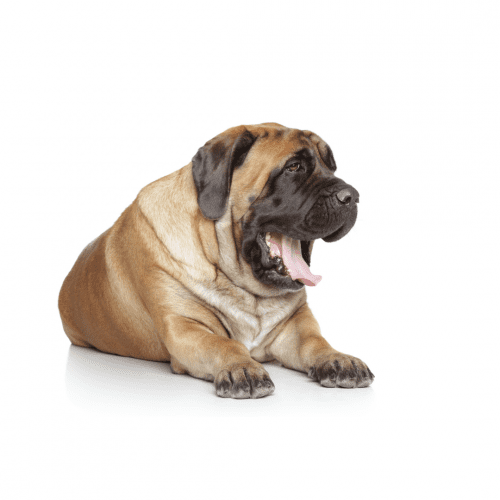

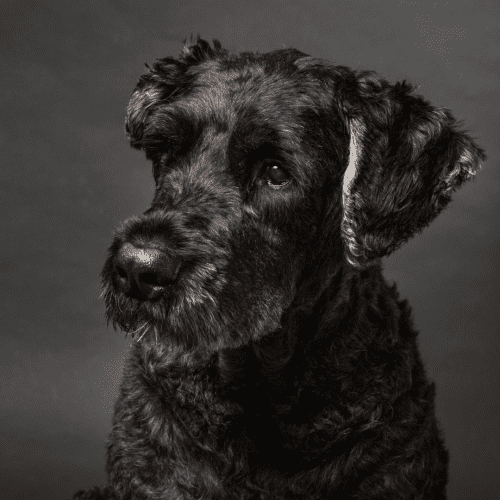
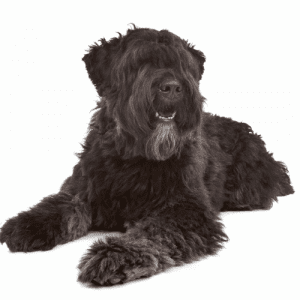
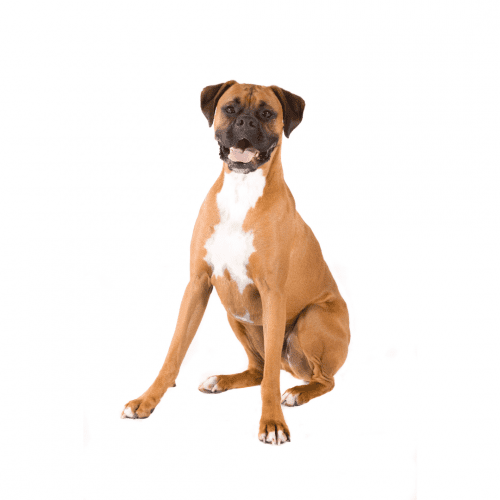

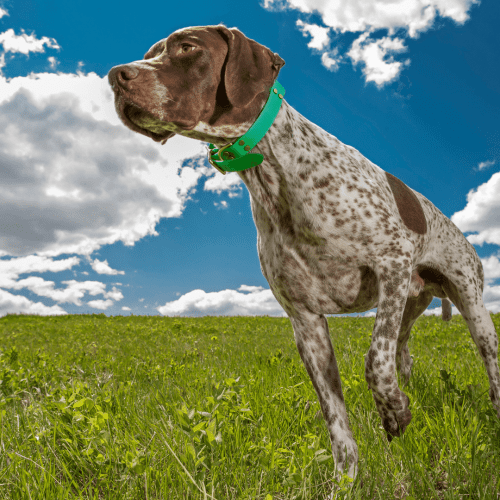
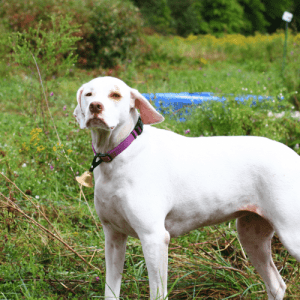
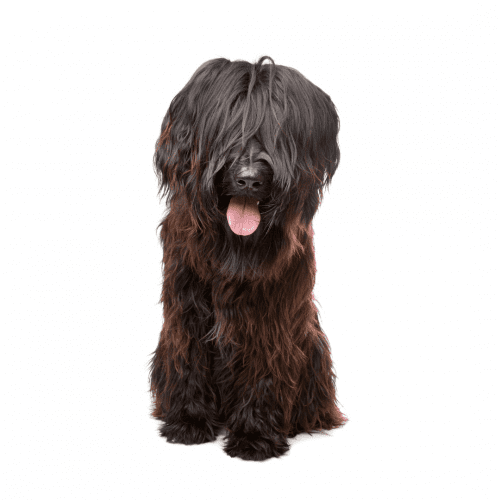

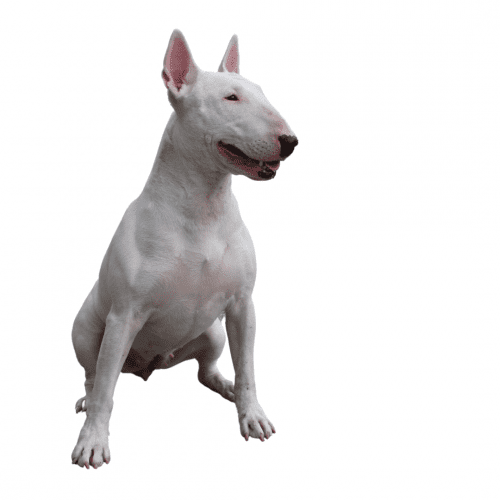

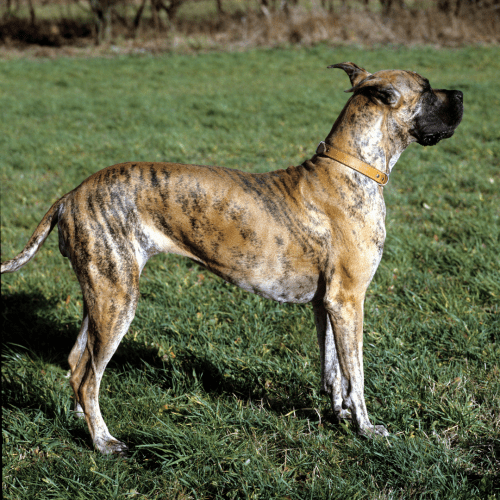
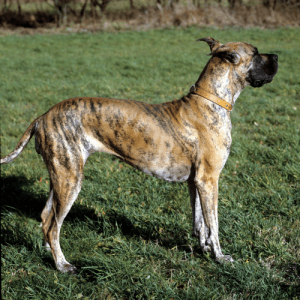
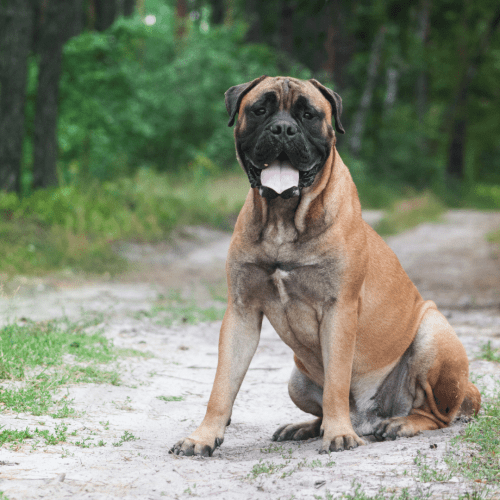

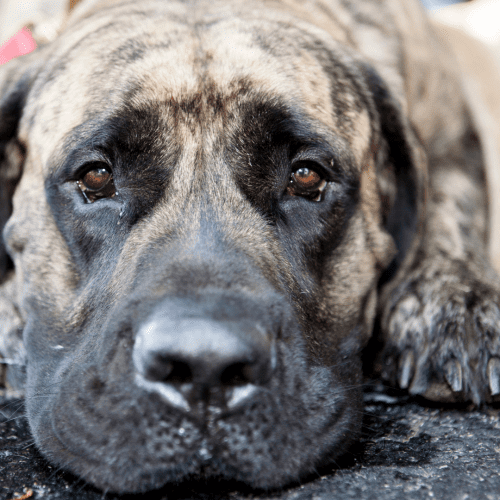
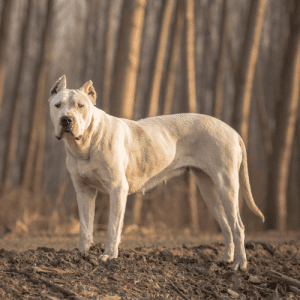
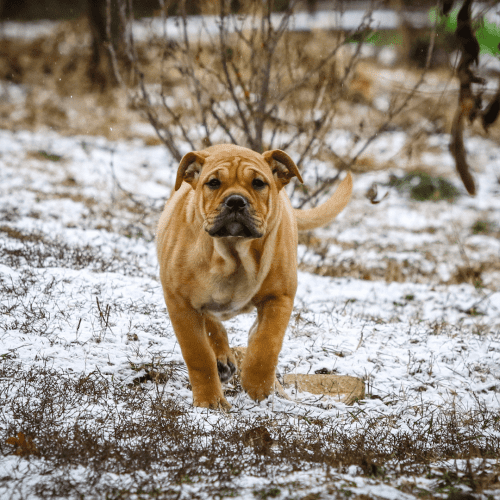
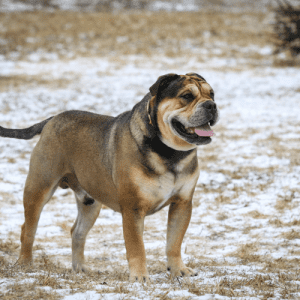
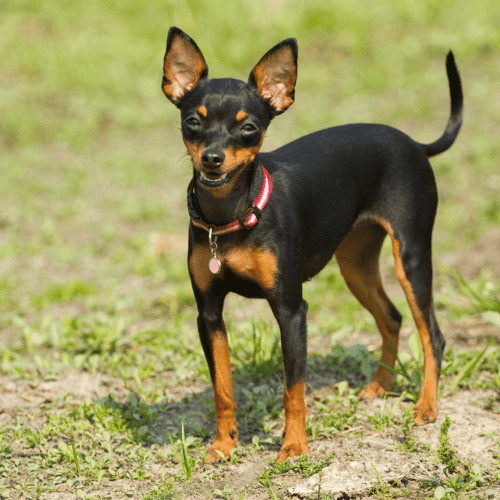
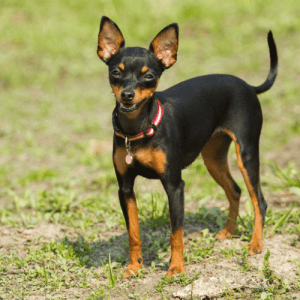
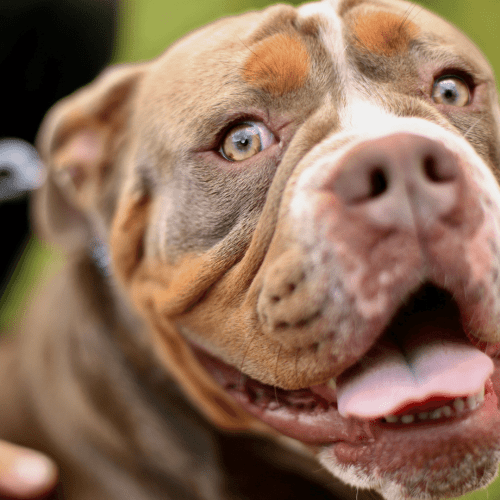
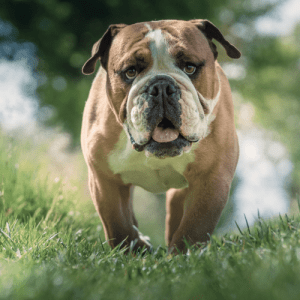
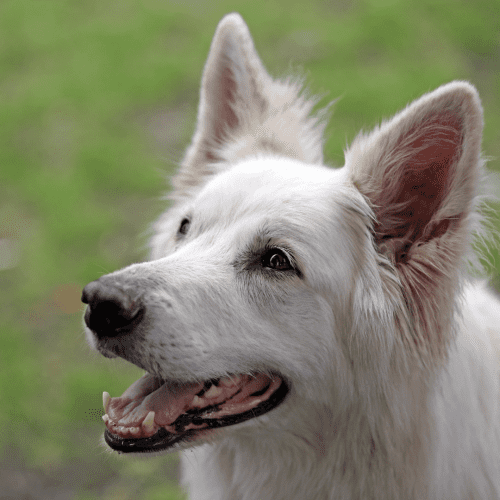
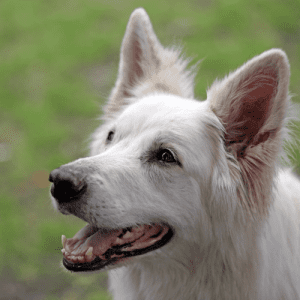
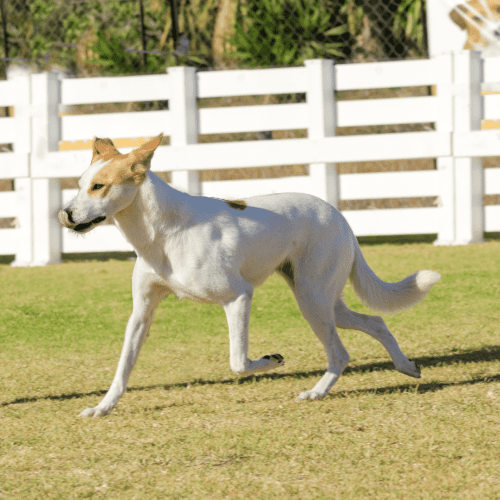

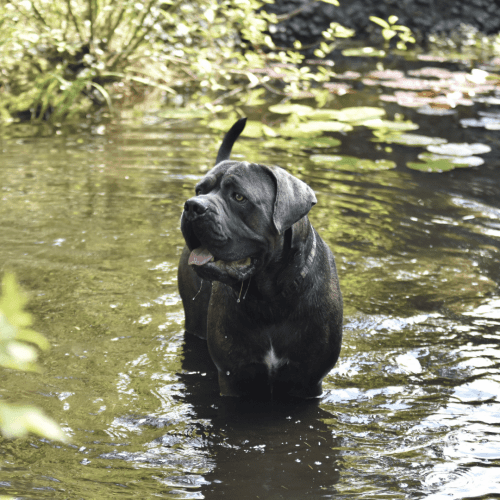

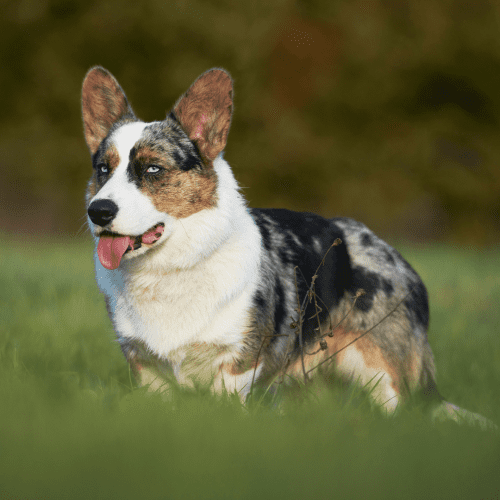
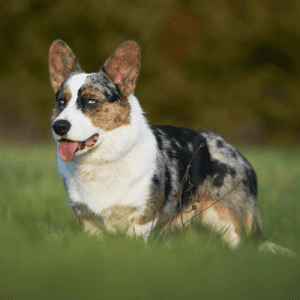
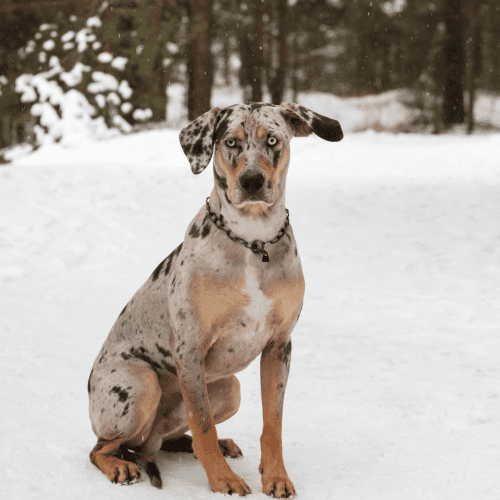

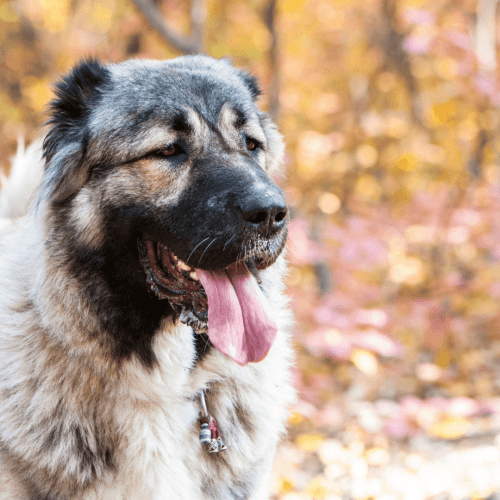
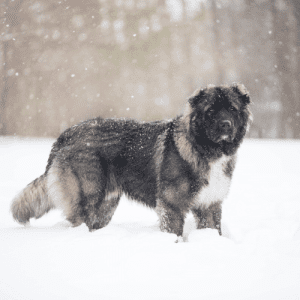
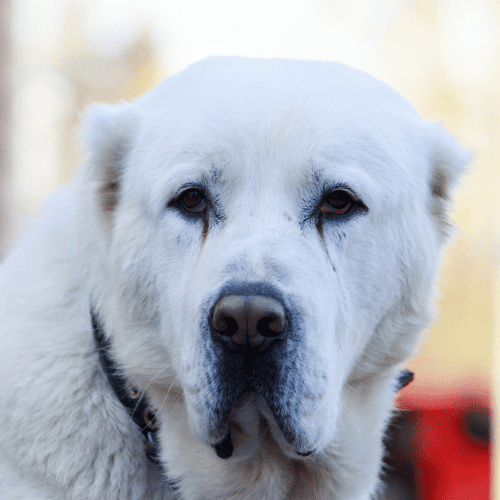
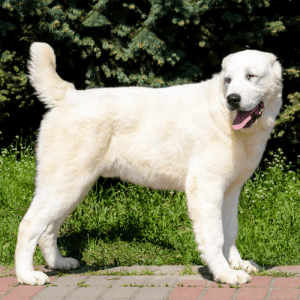
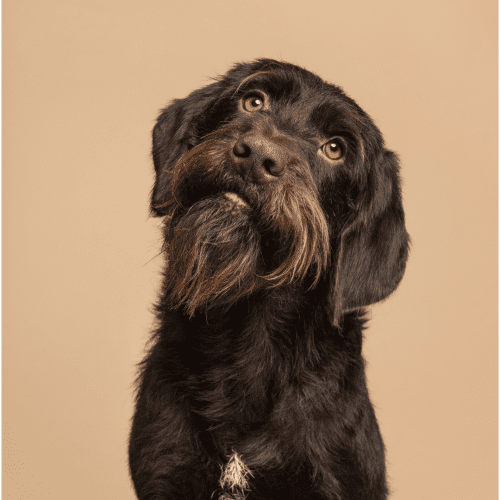

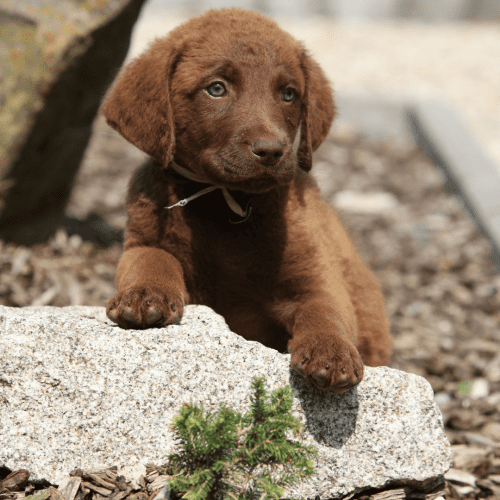
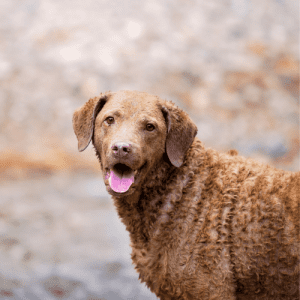
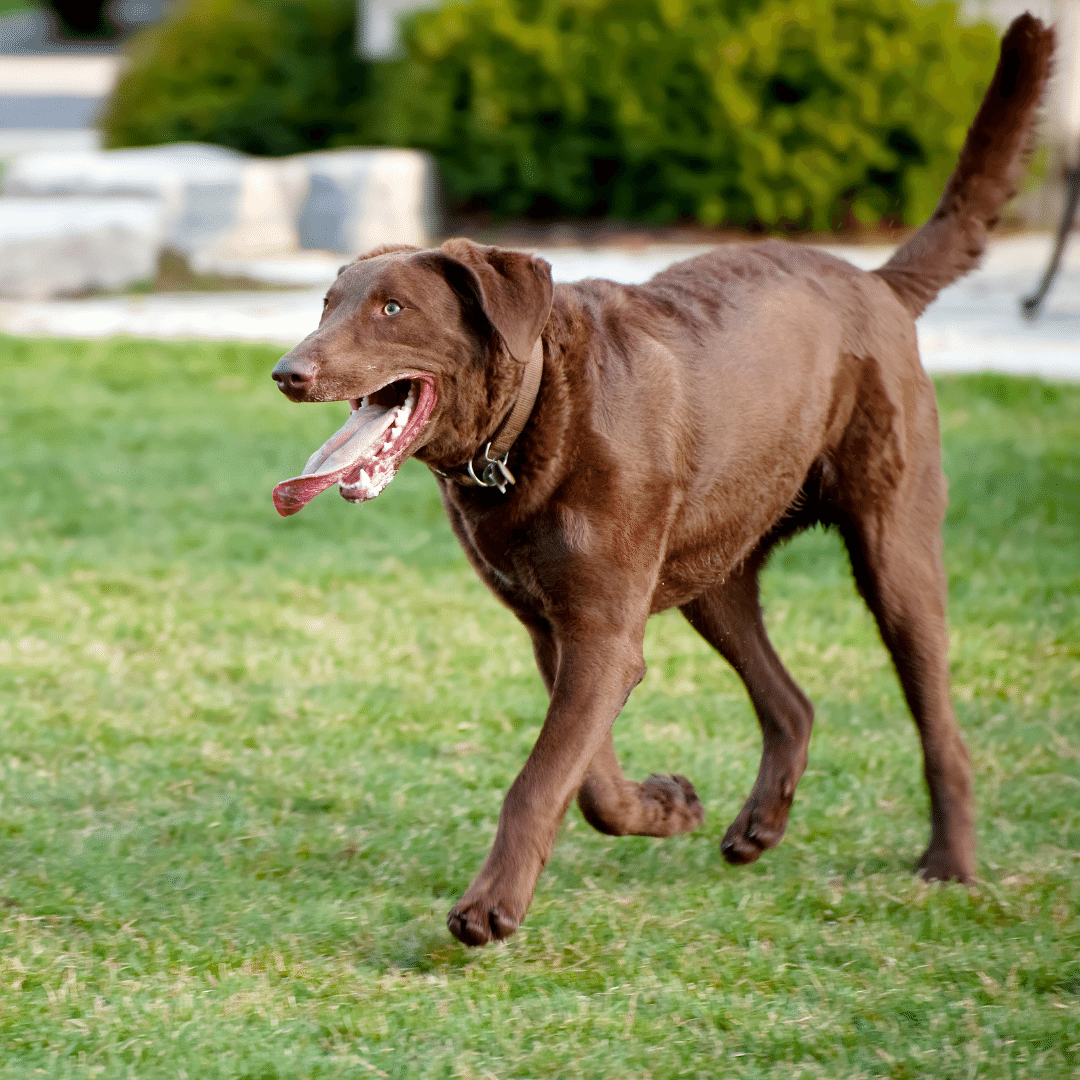
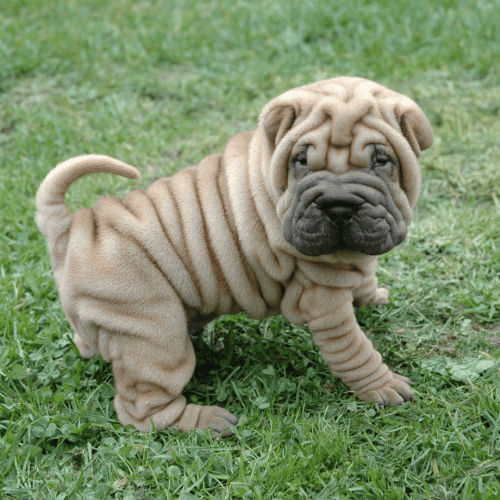
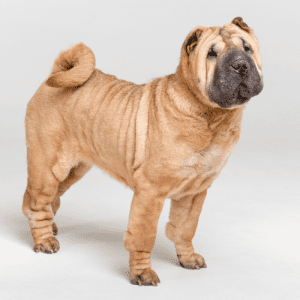
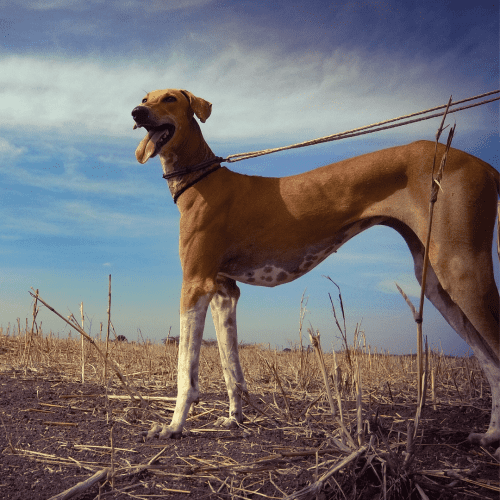

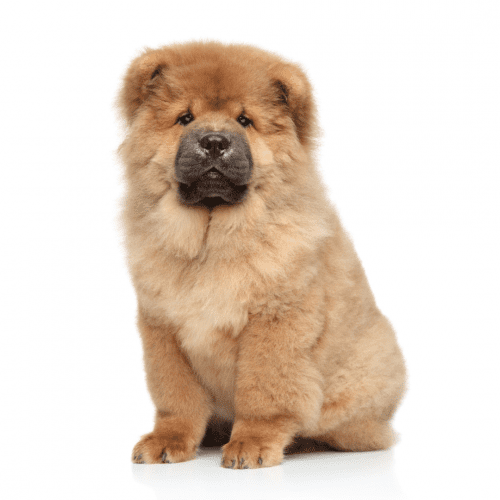

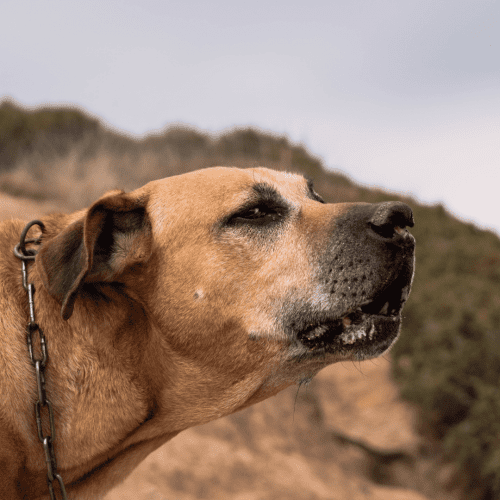
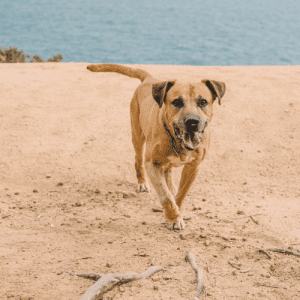
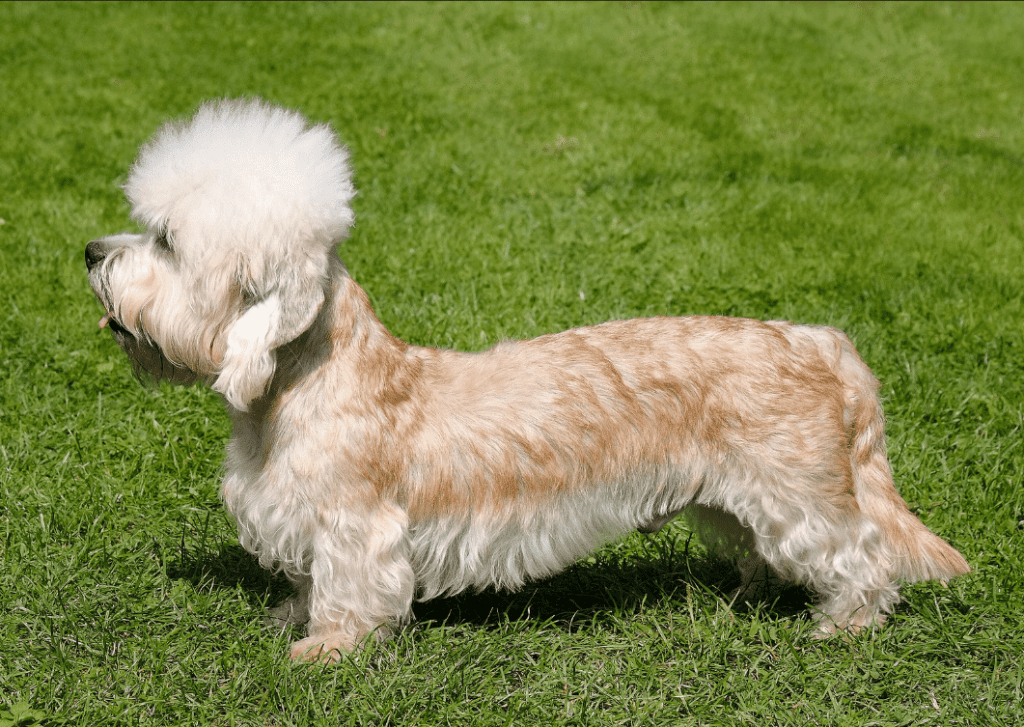
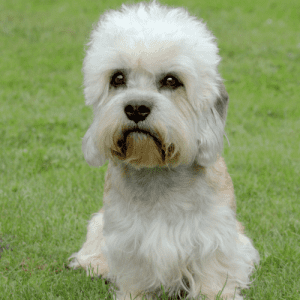
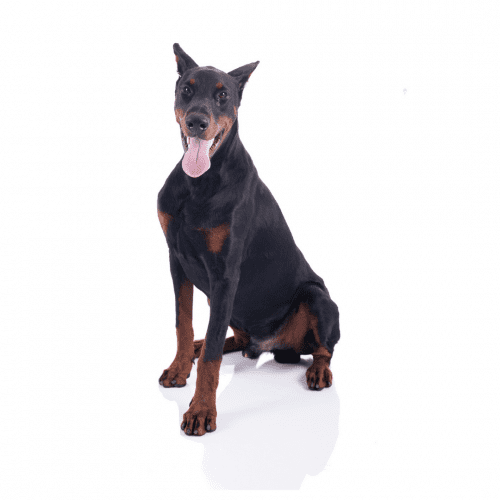
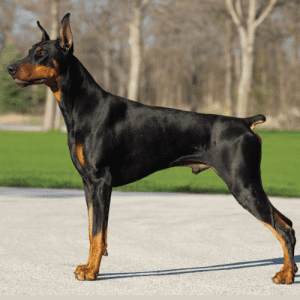
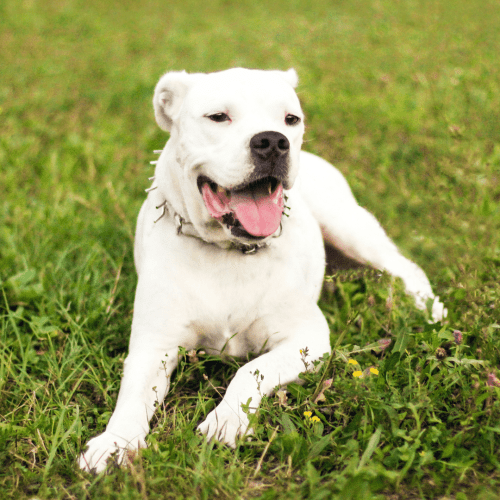
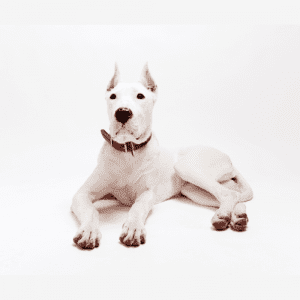
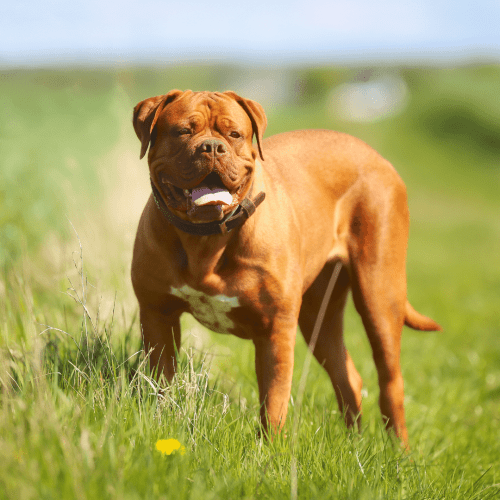
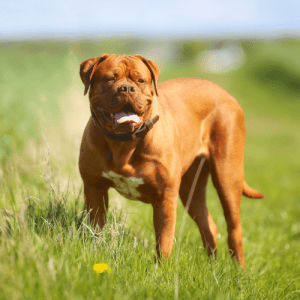
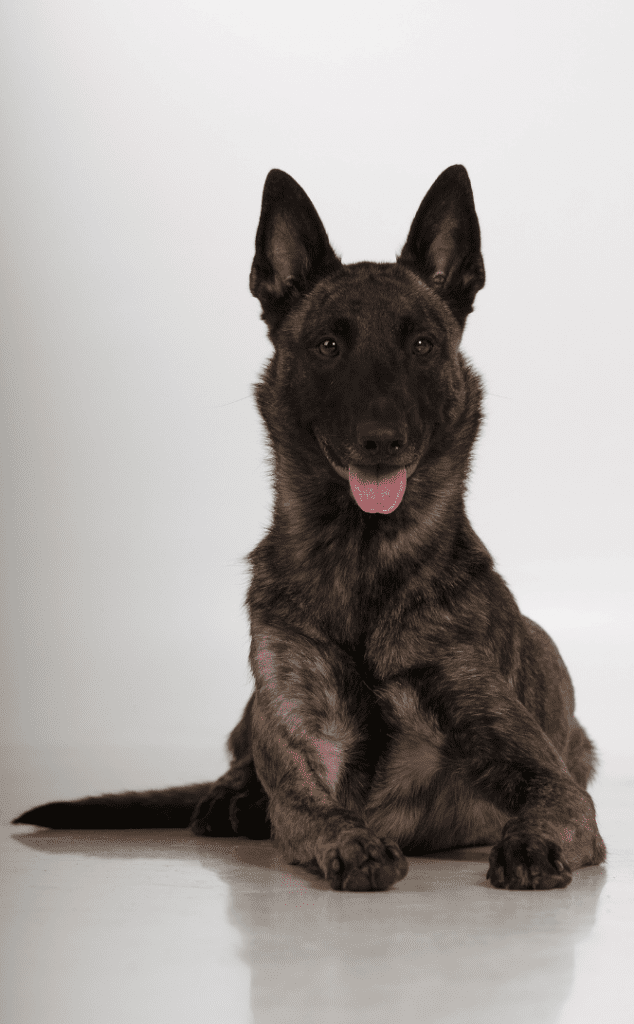

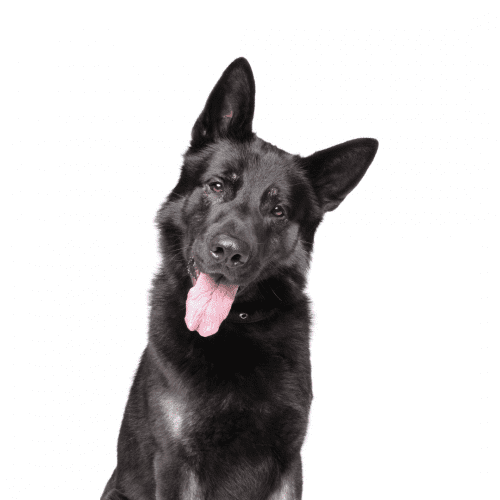
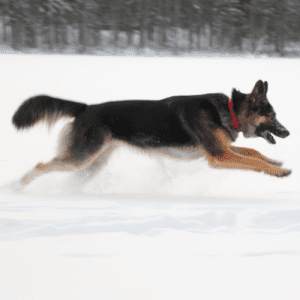
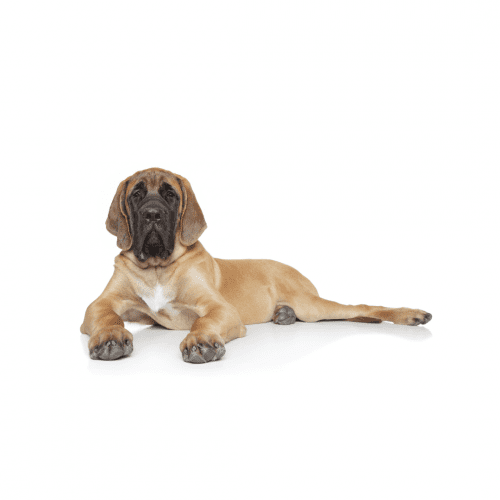

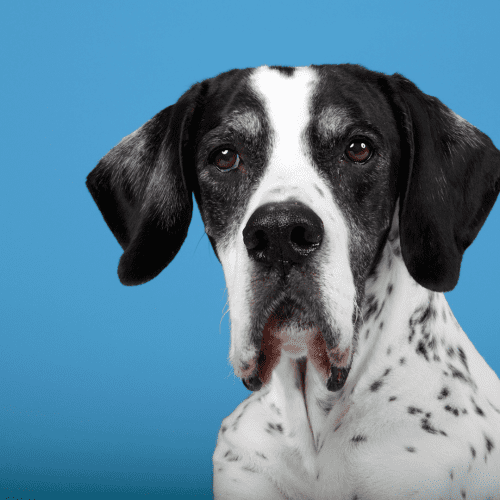

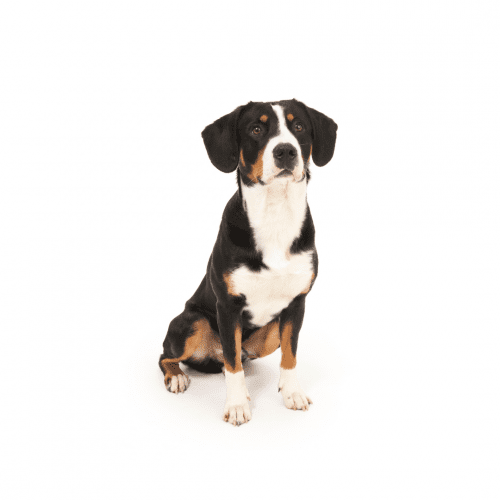
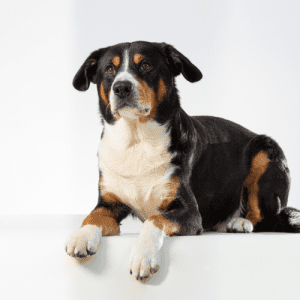
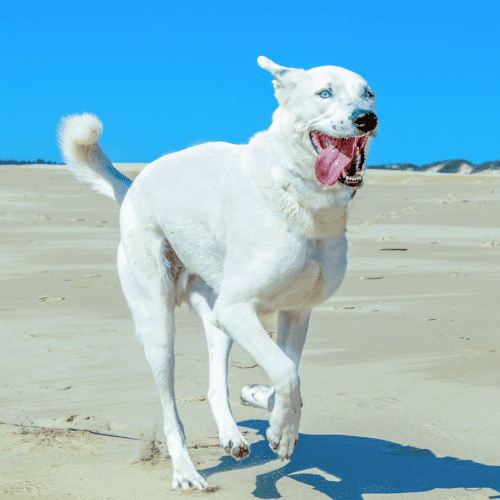
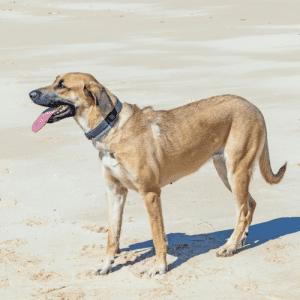
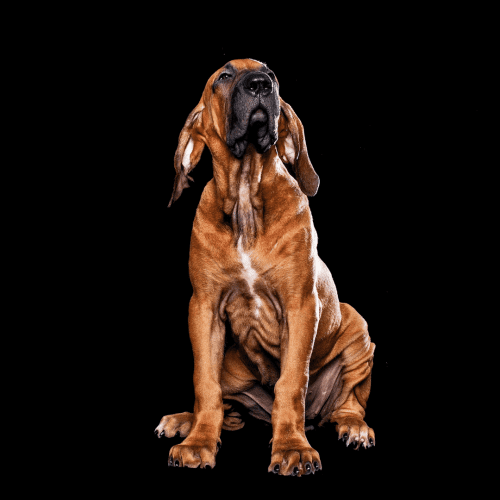
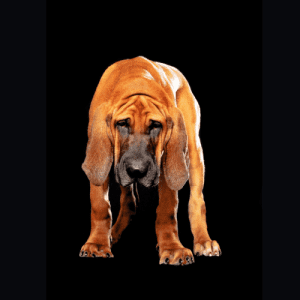
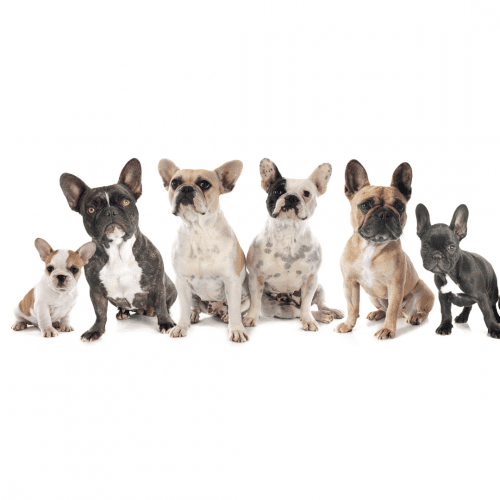

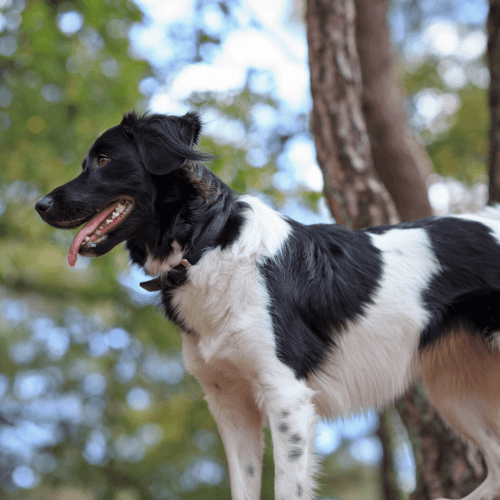
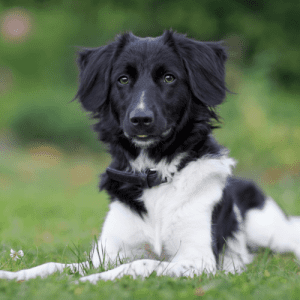
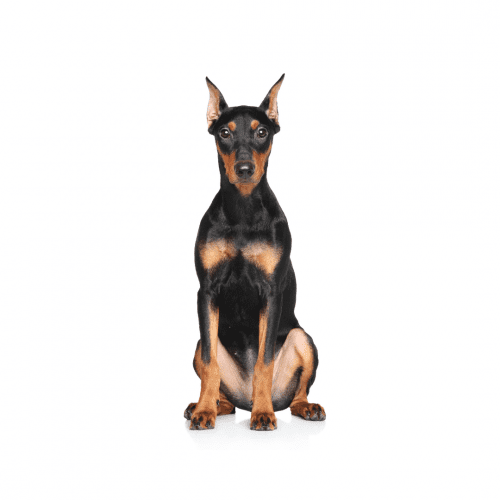
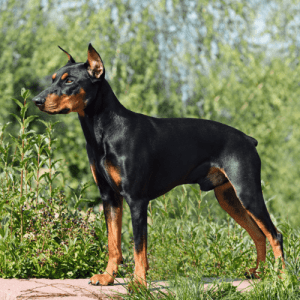 The German Pinscher is a relatively new breed, having been around only since the early 19th century. They were developed in Germany as a ratter and companion dogs and were later refined to become the elegant, athletic breed we know today. German Pinschers are intelligent and eager to please, making them excellent candidates for training. They are also fiercely loyal and protective of their families, which makes them excellent watchdogs. German Pinschers are relatively rare in the United States, but their popularity is slowly but steadily growing. If you’re looking for a loving, energetic companion with an oh-so-charming personality, the German Pinscher might be the perfect breed for you!
The German Pinscher is a relatively new breed, having been around only since the early 19th century. They were developed in Germany as a ratter and companion dogs and were later refined to become the elegant, athletic breed we know today. German Pinschers are intelligent and eager to please, making them excellent candidates for training. They are also fiercely loyal and protective of their families, which makes them excellent watchdogs. German Pinschers are relatively rare in the United States, but their popularity is slowly but steadily growing. If you’re looking for a loving, energetic companion with an oh-so-charming personality, the German Pinscher might be the perfect breed for you!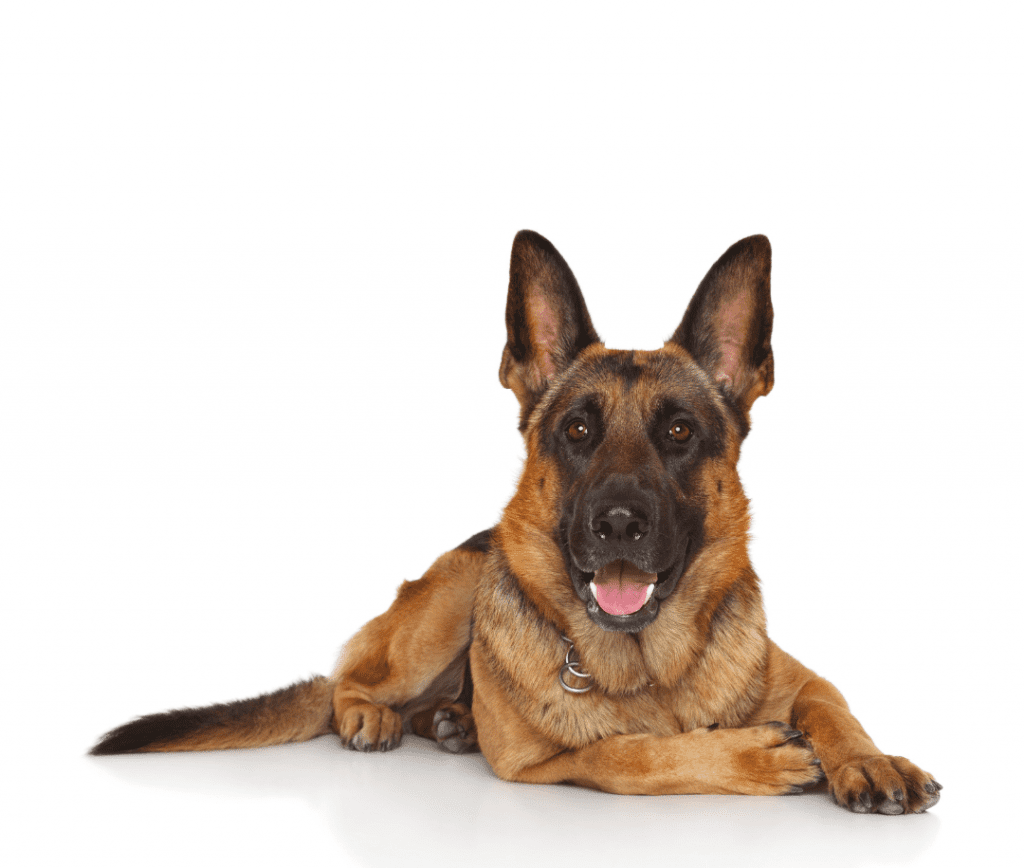
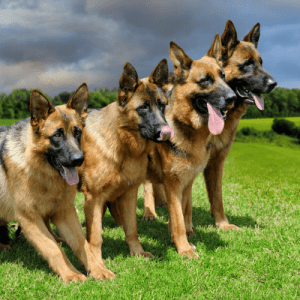
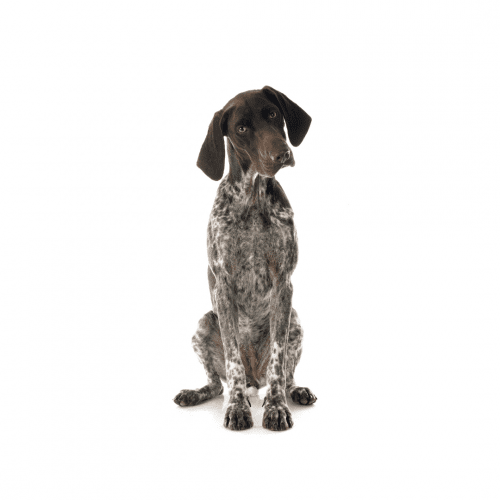
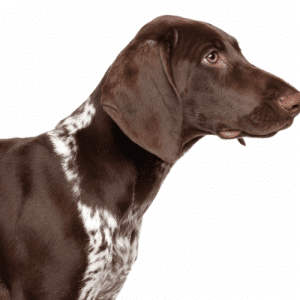
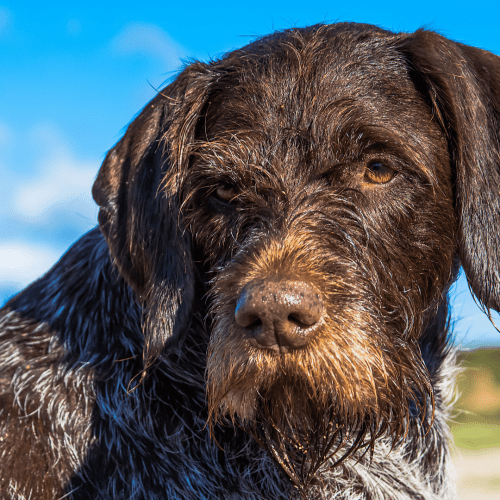
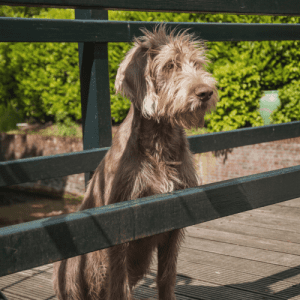
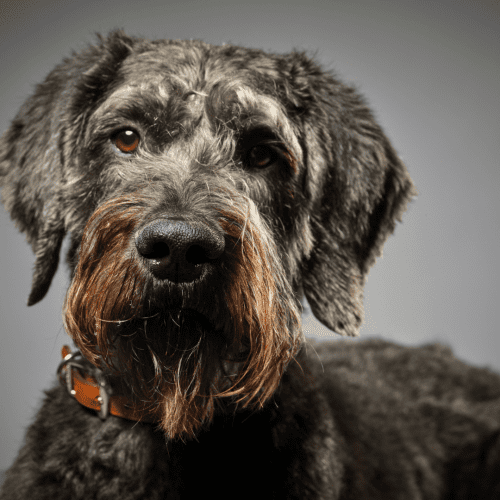

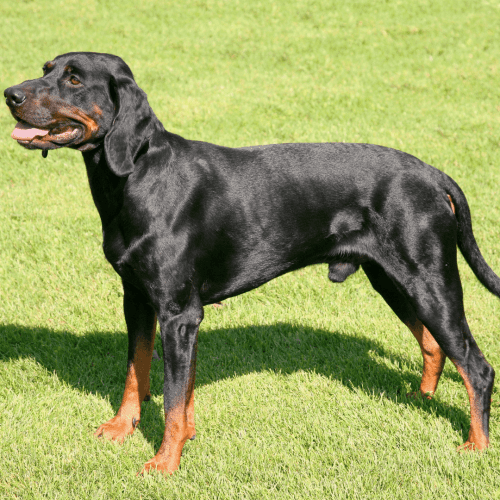
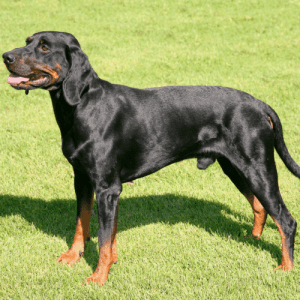
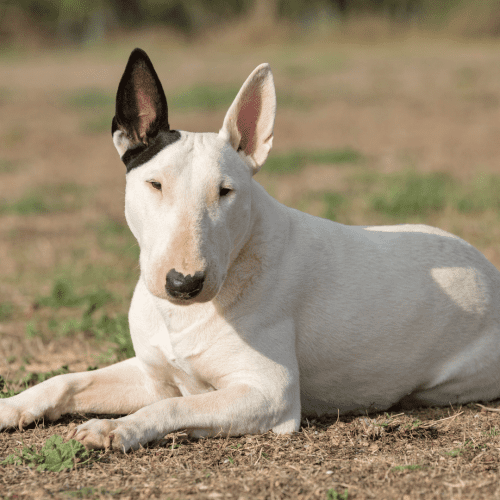
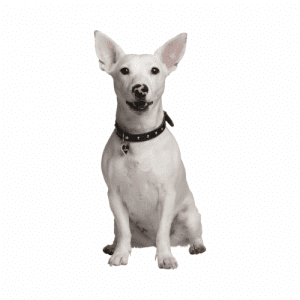
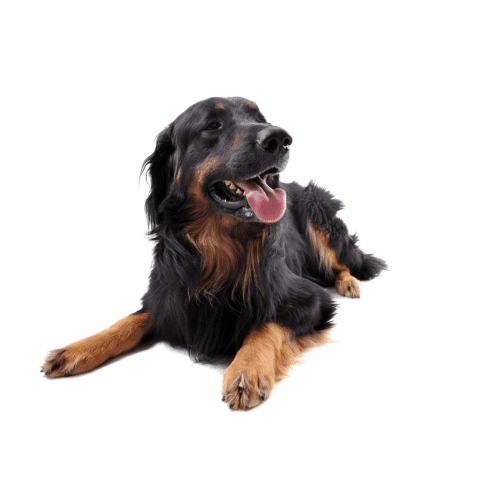



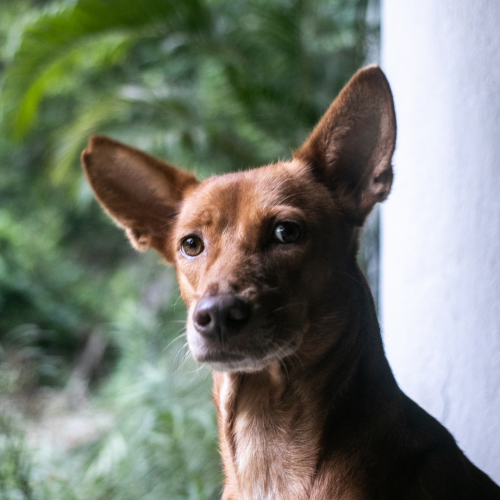

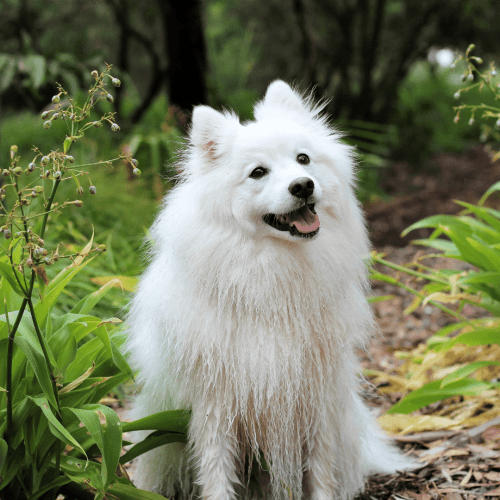

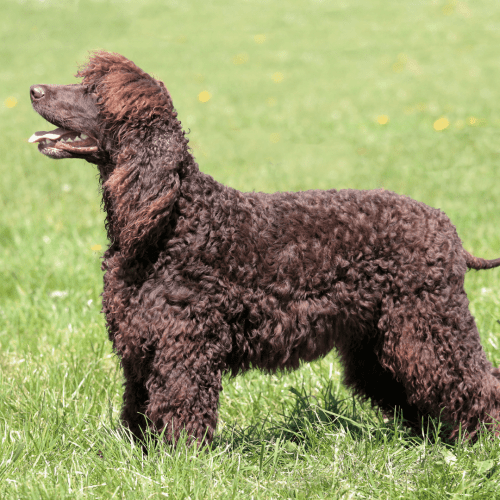
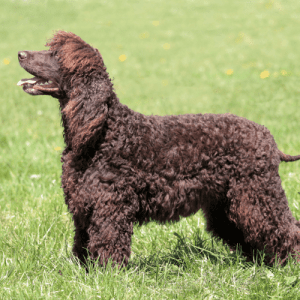
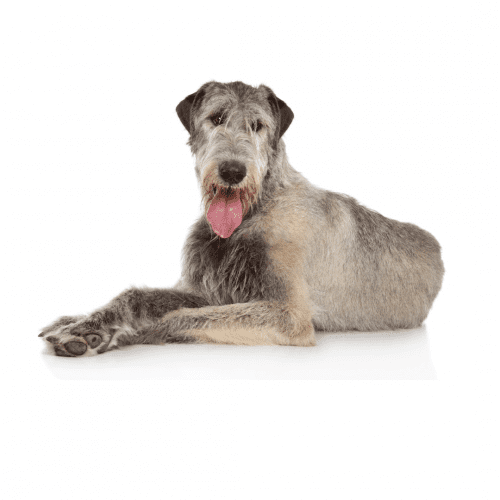

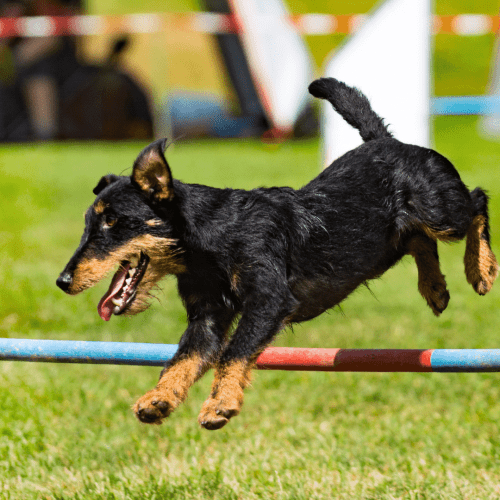

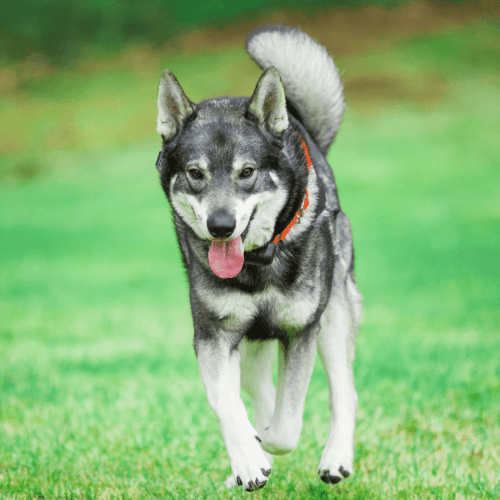

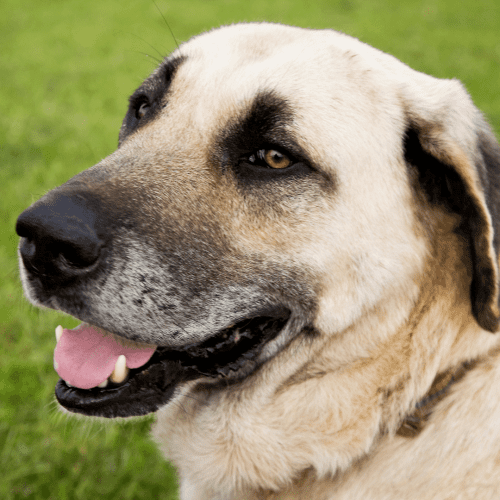

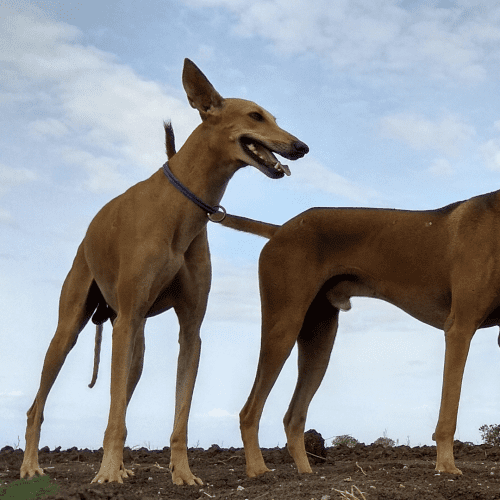

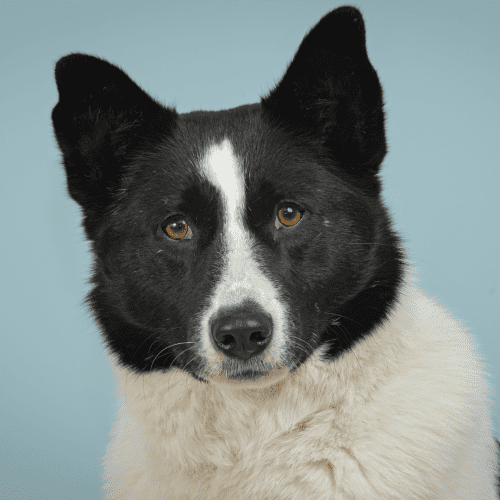

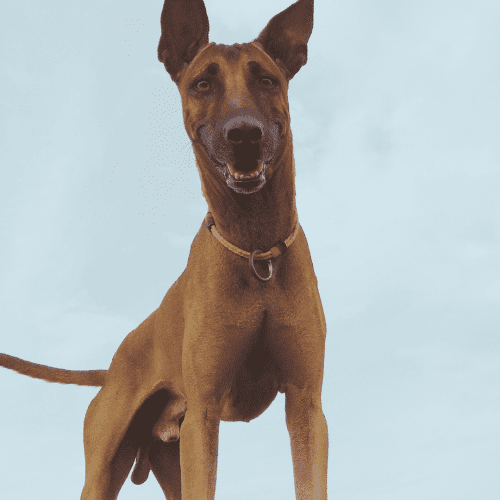

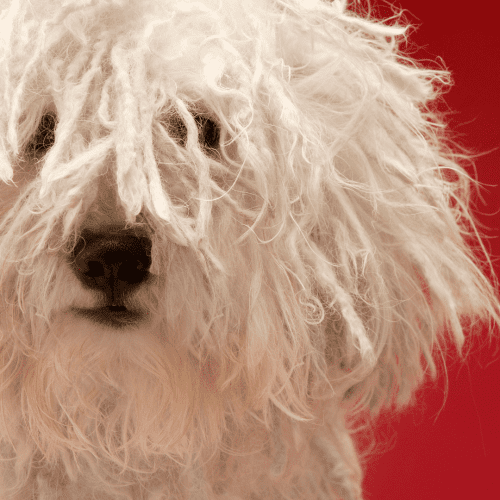

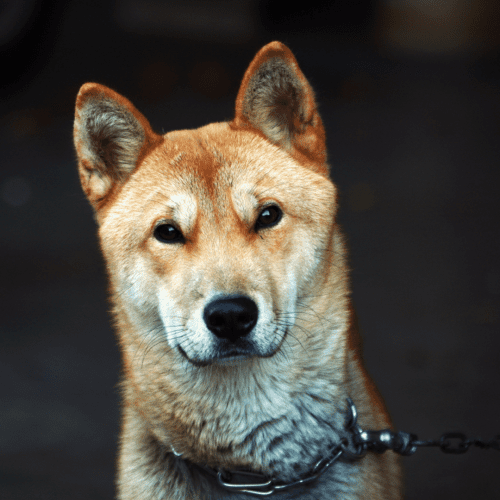
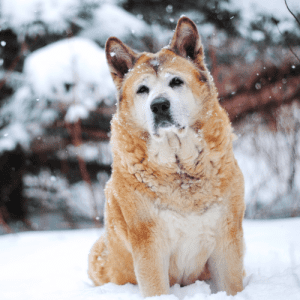
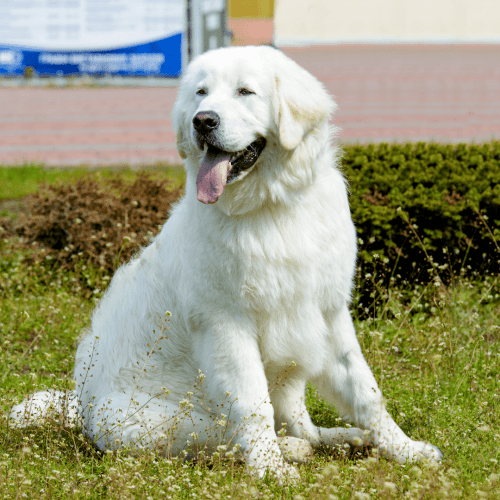

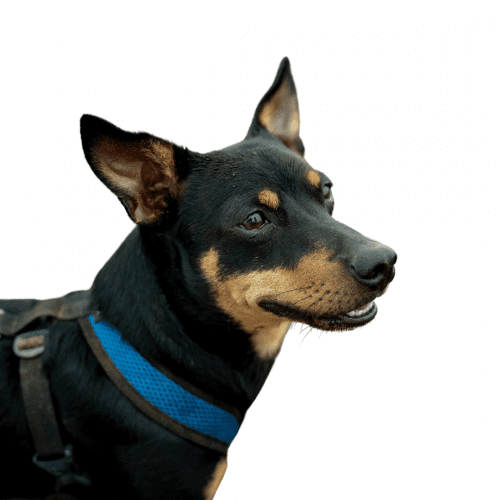
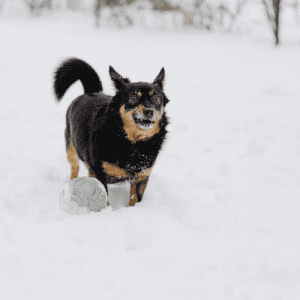
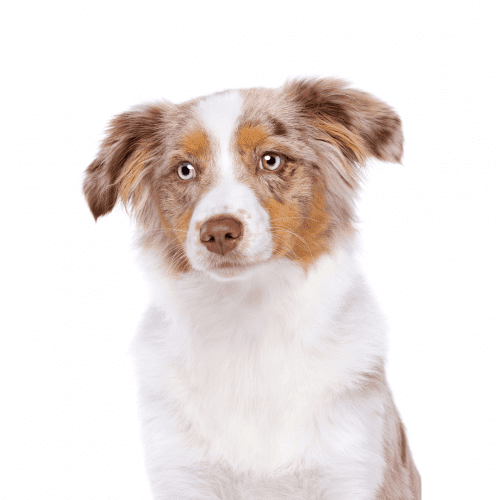

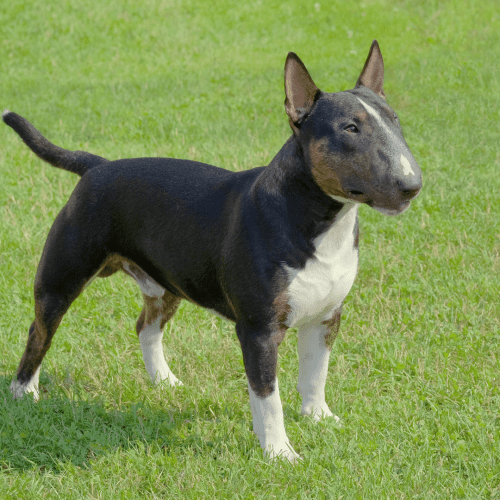

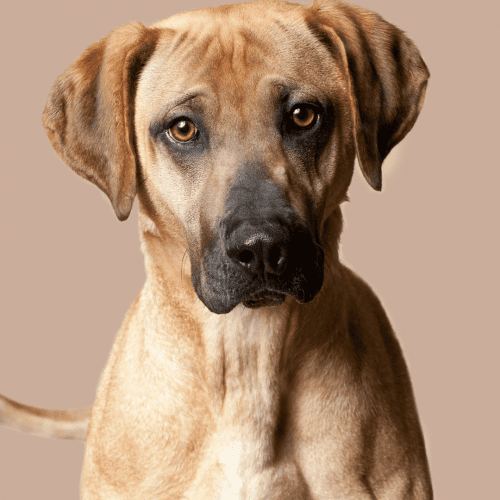
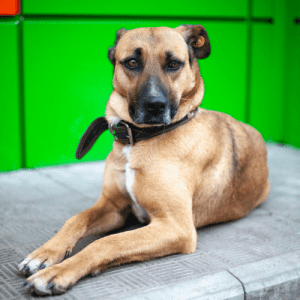
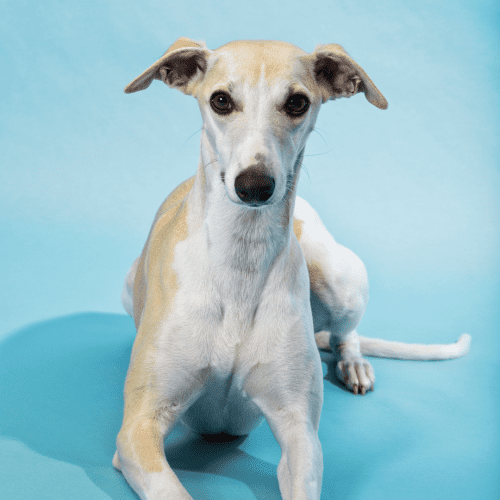
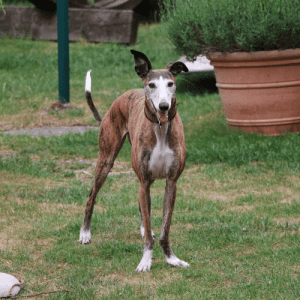
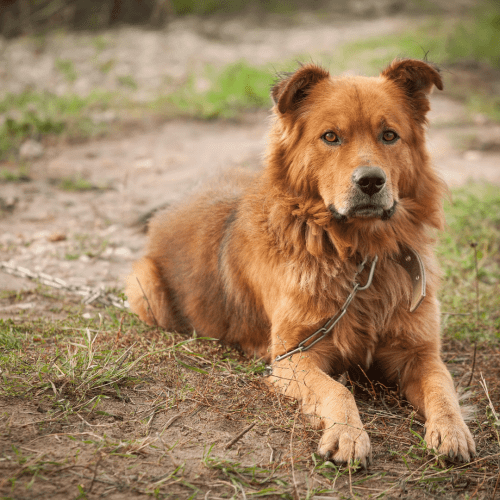

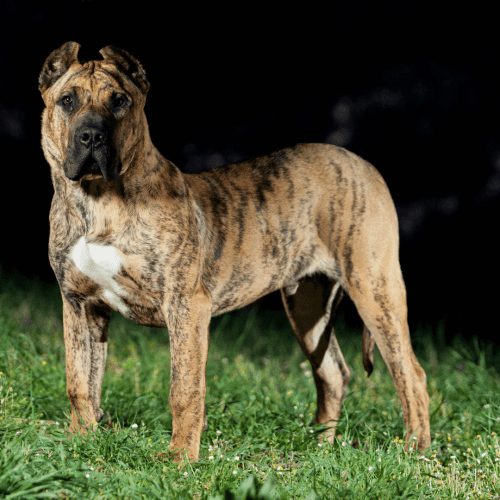

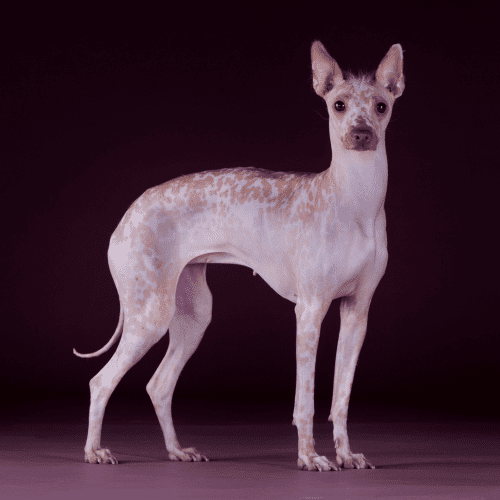

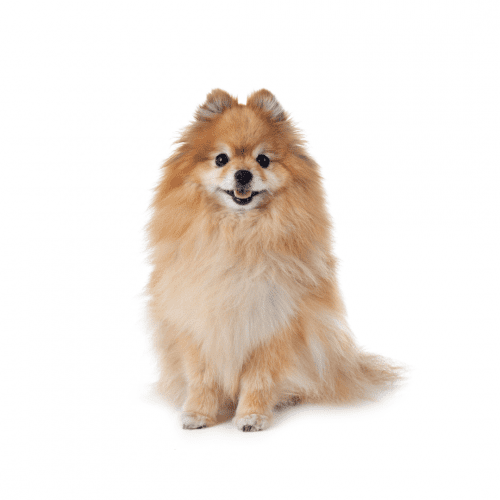

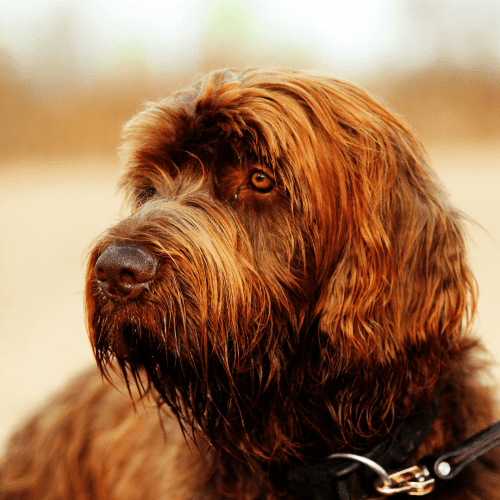

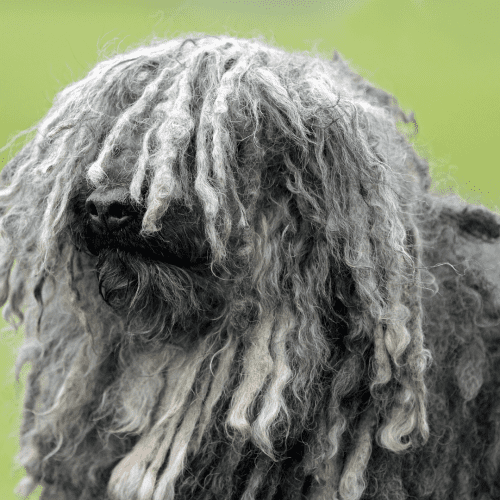

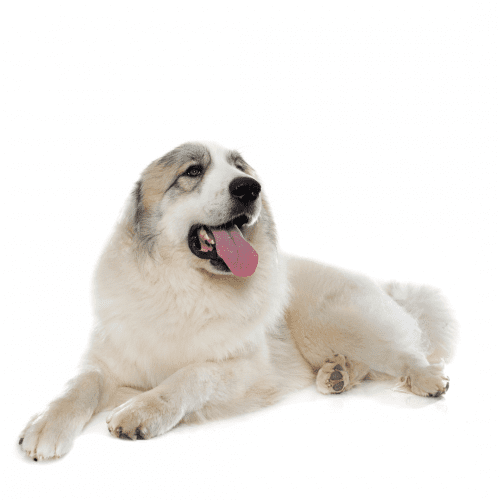

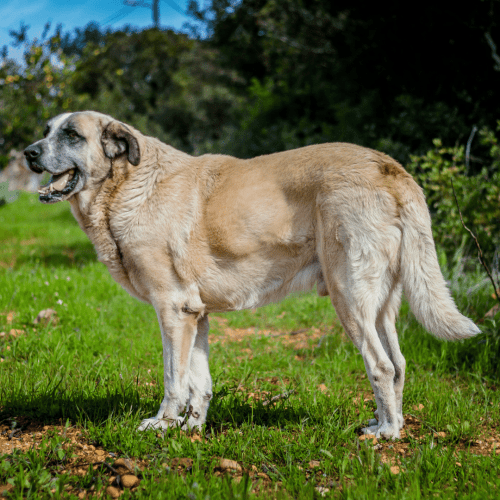

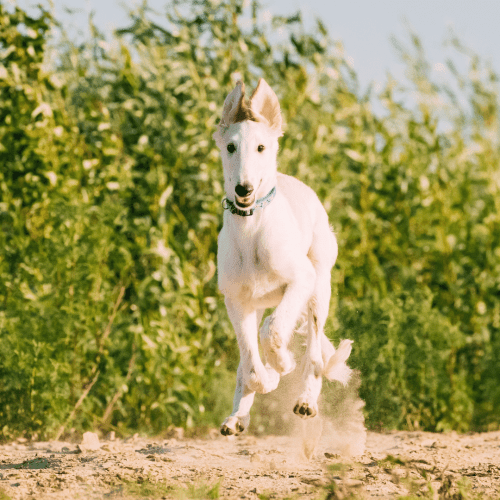

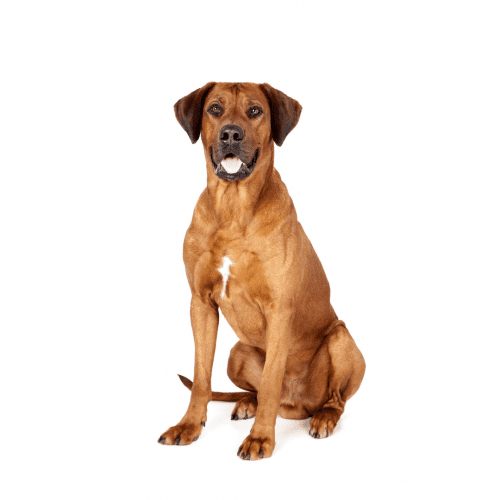

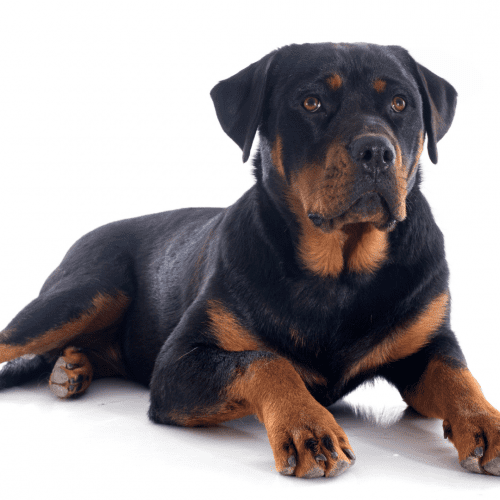

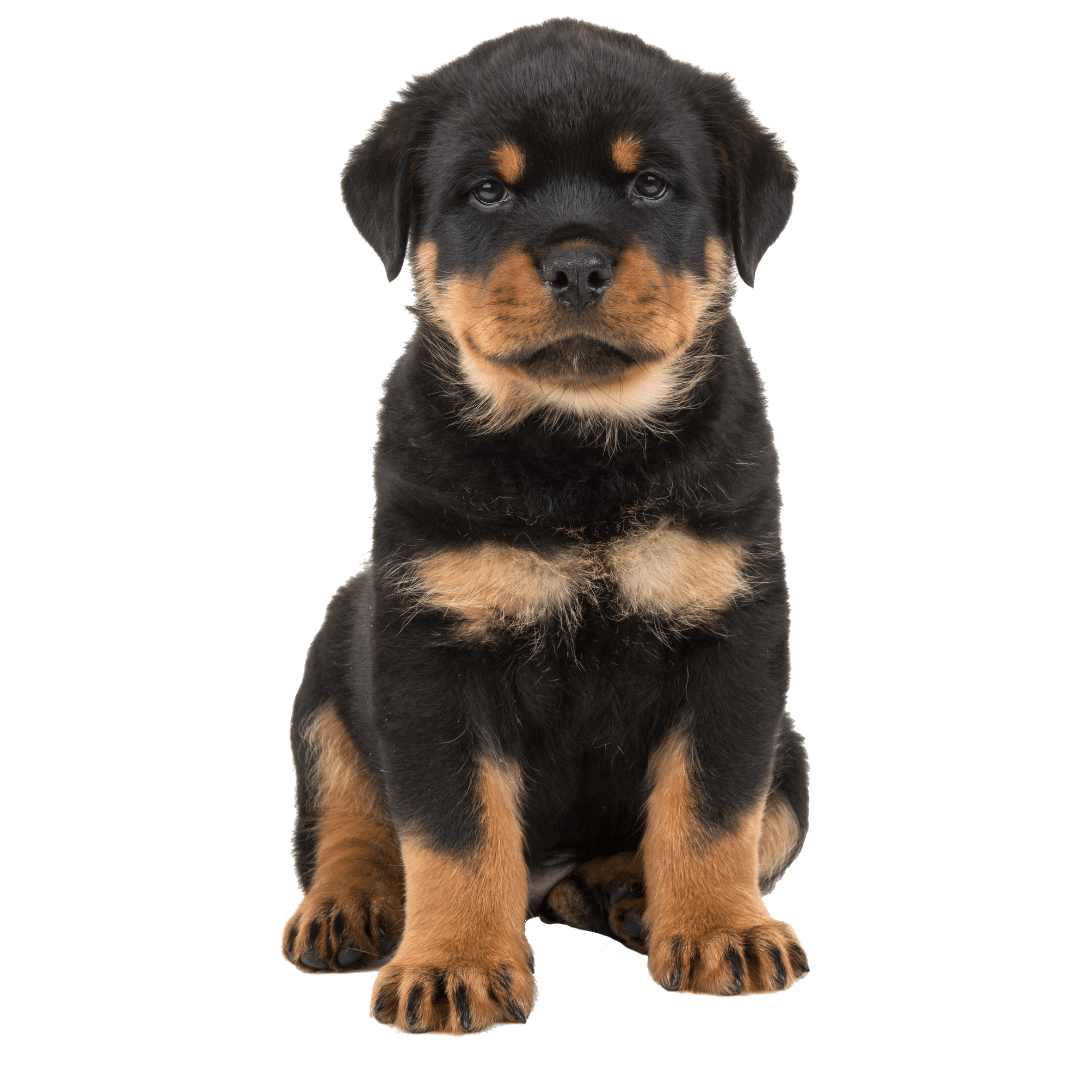
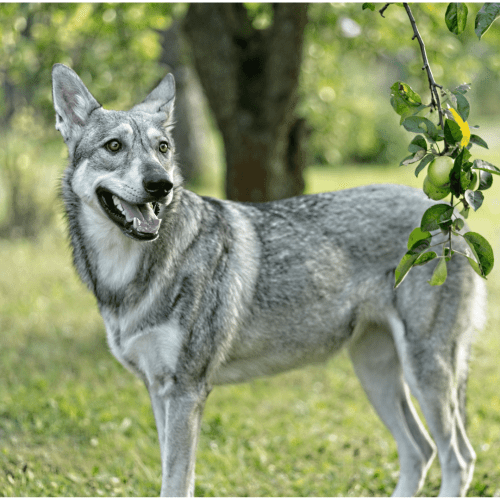

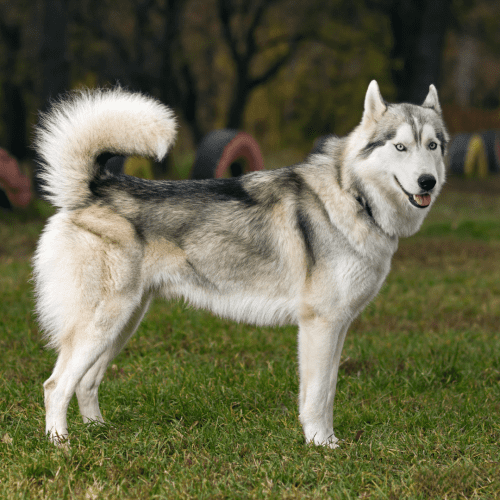

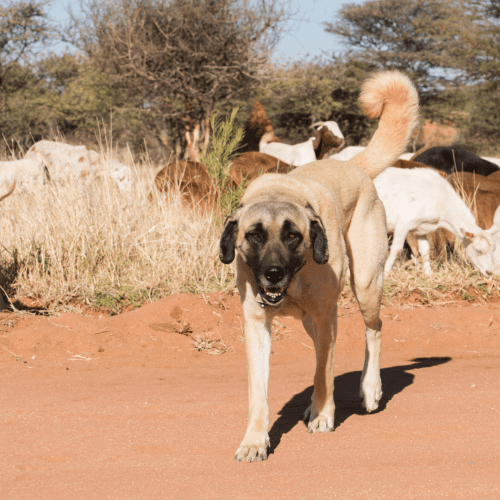
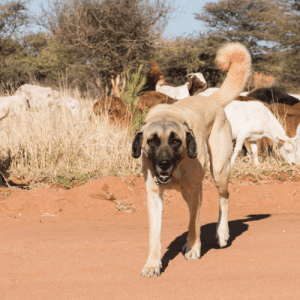
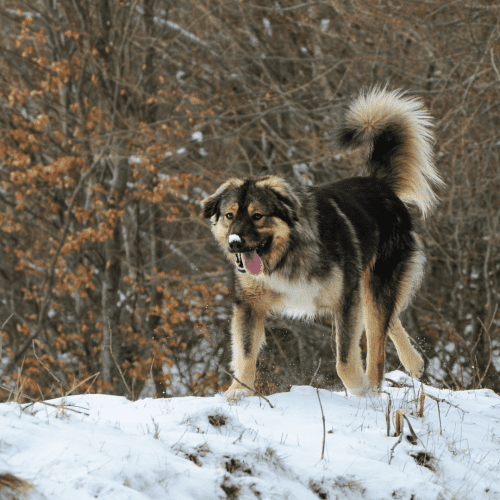

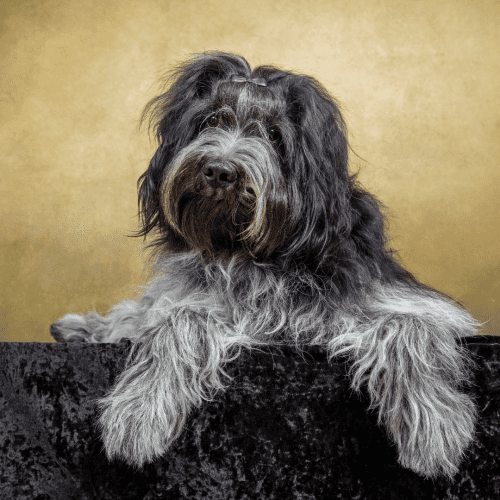

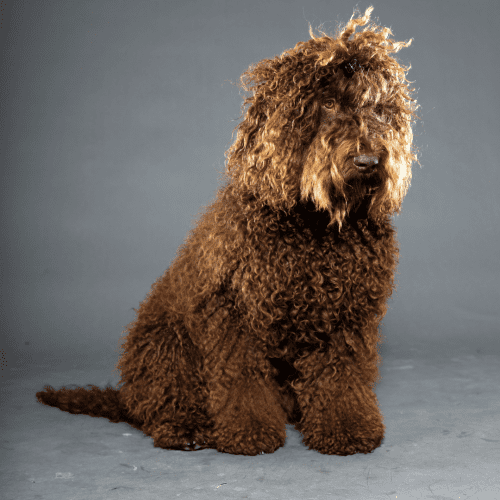
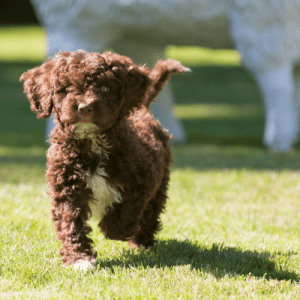
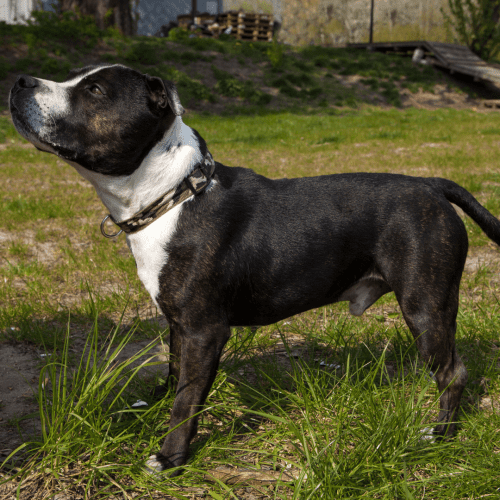
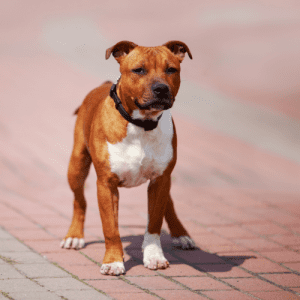
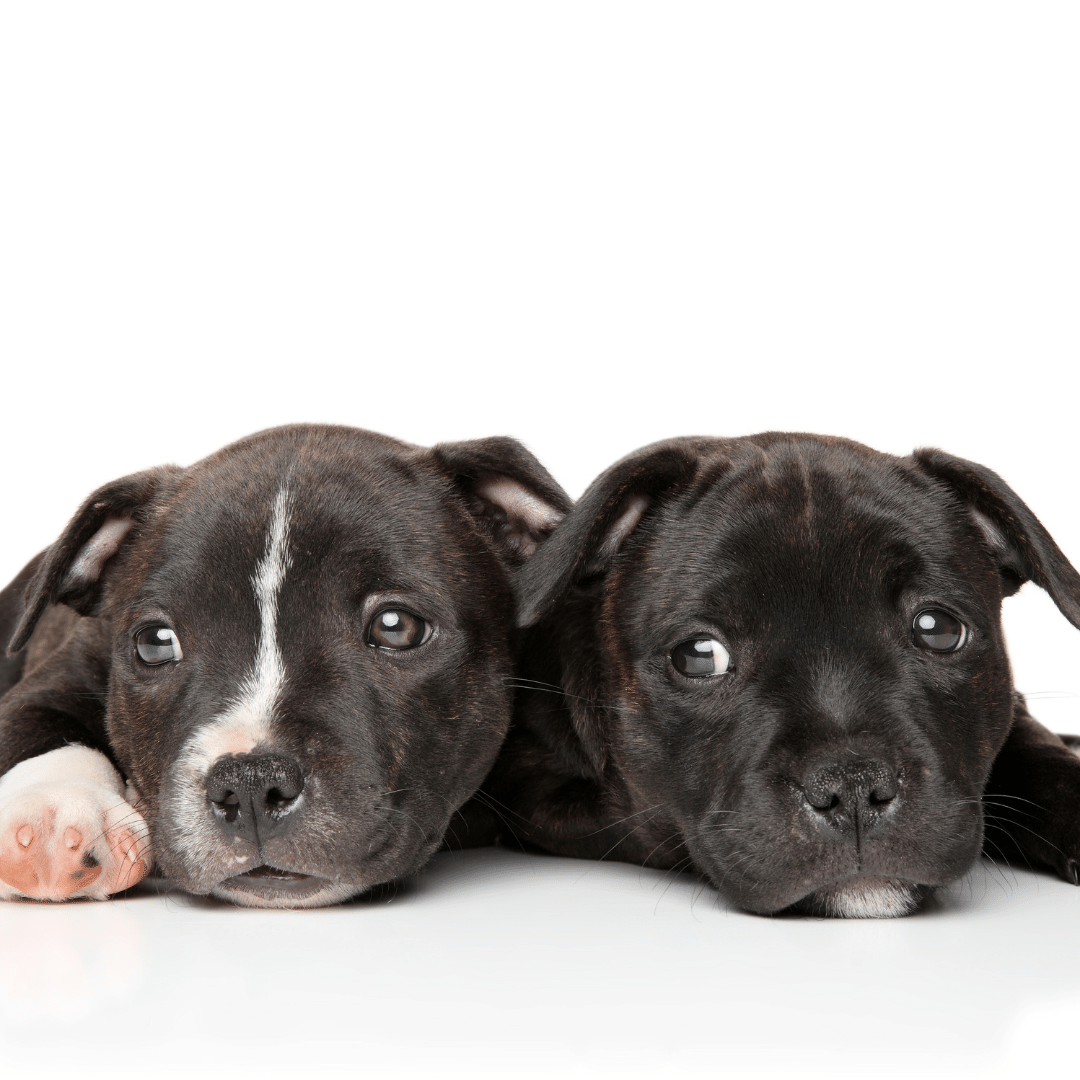
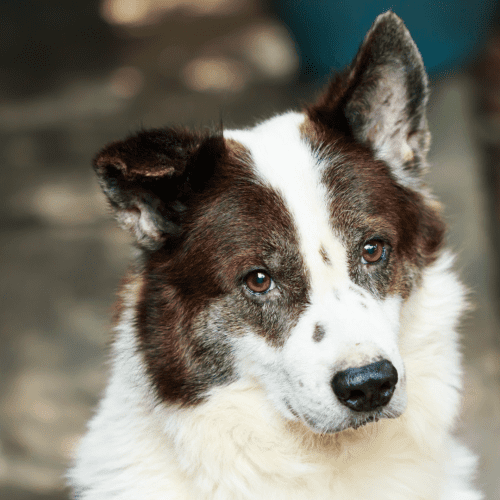

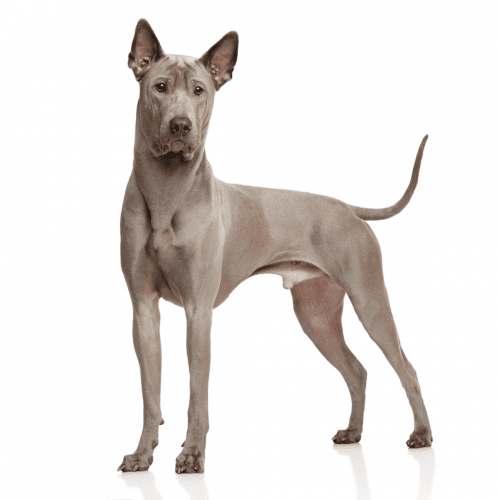

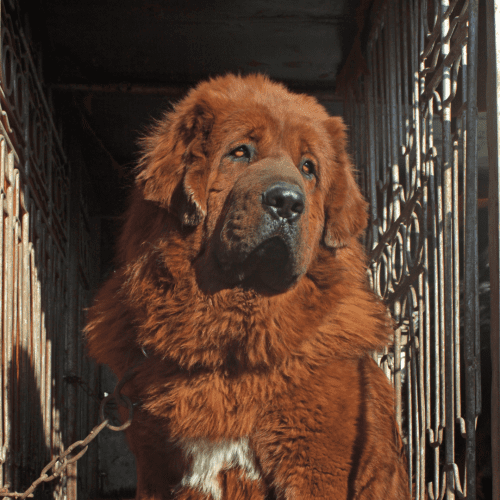

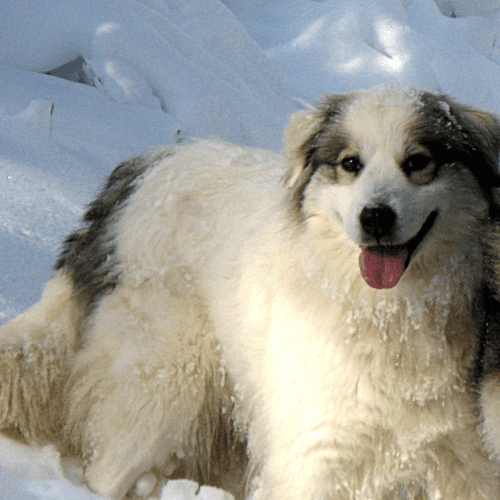

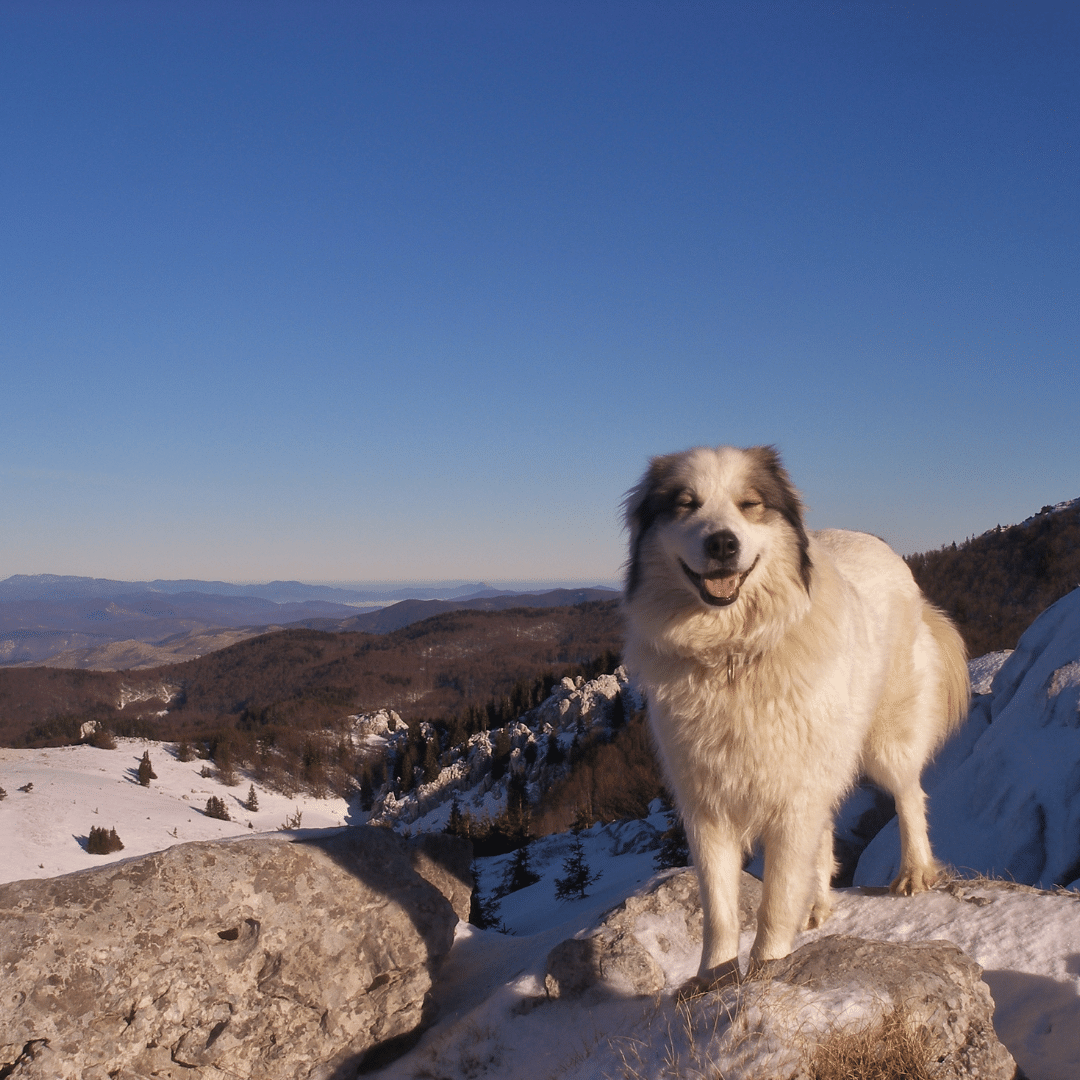
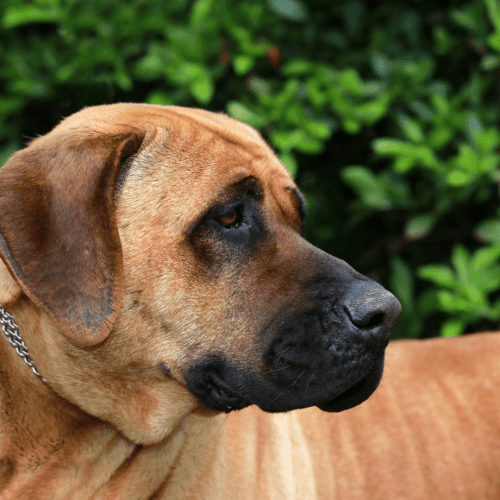
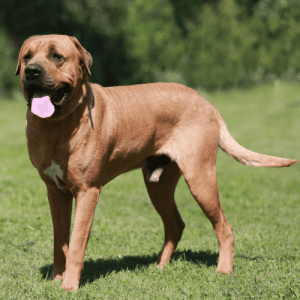
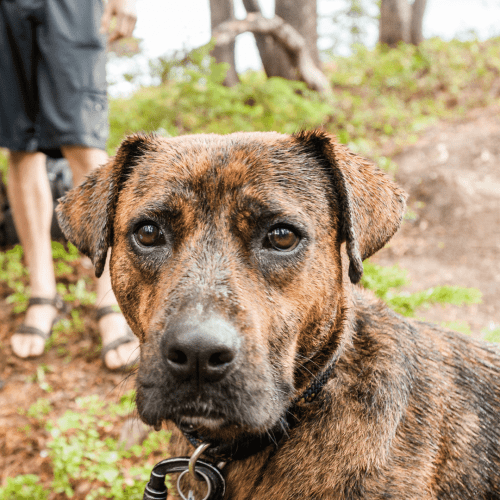
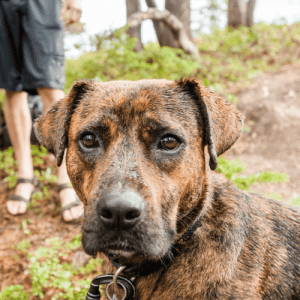
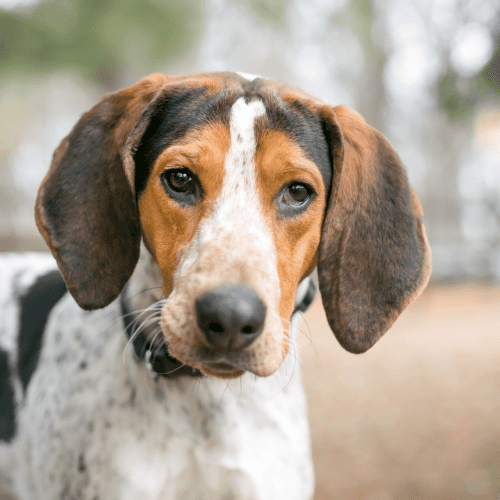
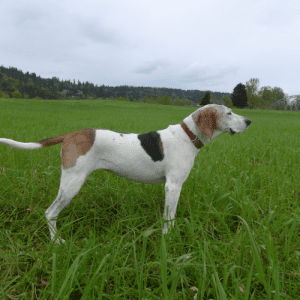
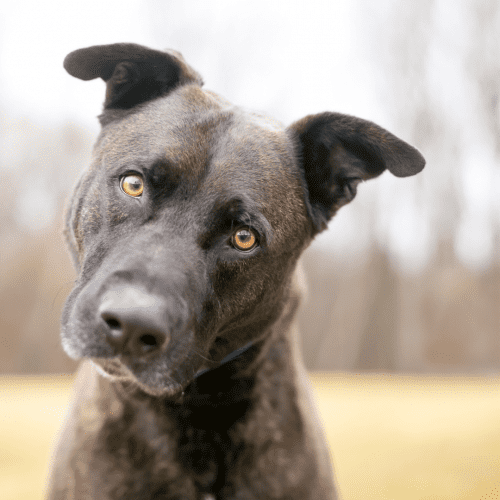
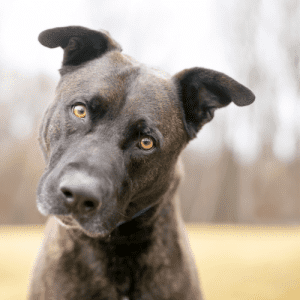
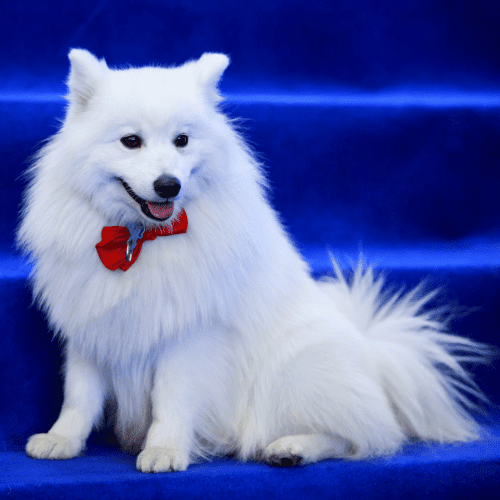
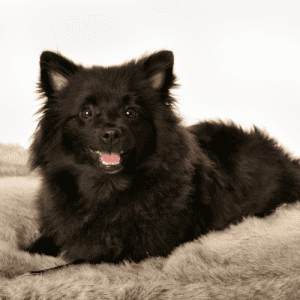
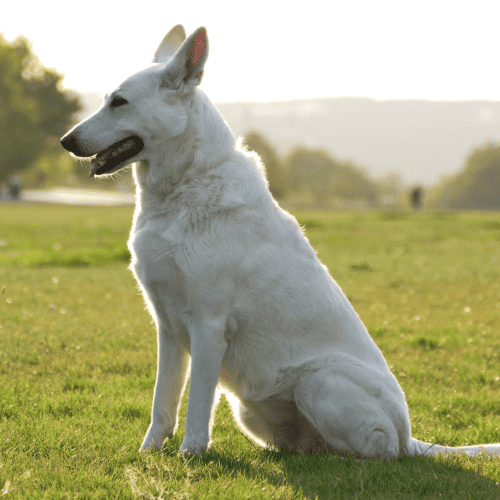
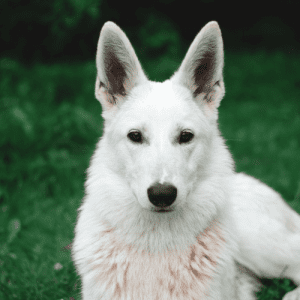
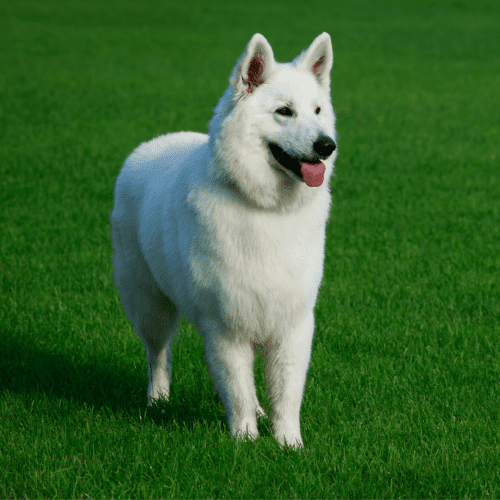
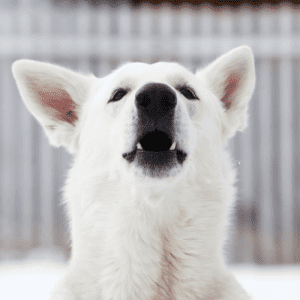
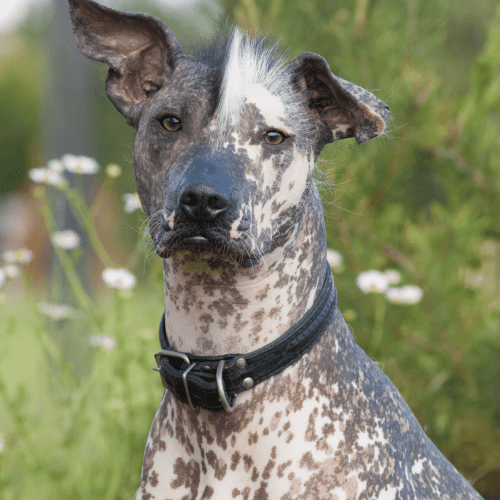
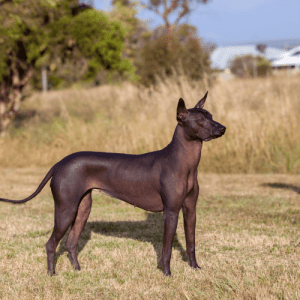 What Is The History Of The Xoloitzcuintle Dog Breed (aka Xoloitzcuintli, Mexican Hairless)?
What Is The History Of The Xoloitzcuintle Dog Breed (aka Xoloitzcuintli, Mexican Hairless)?